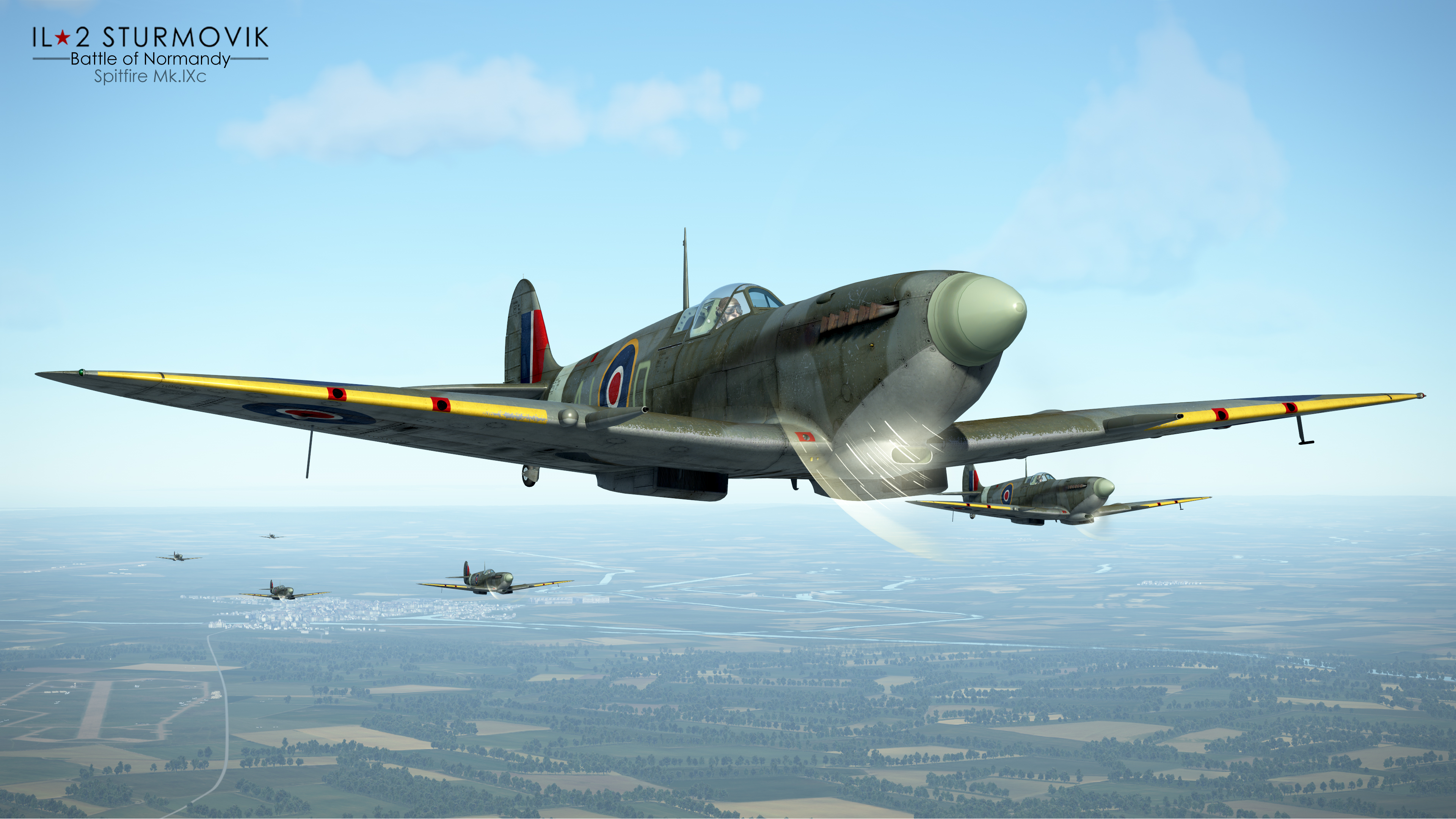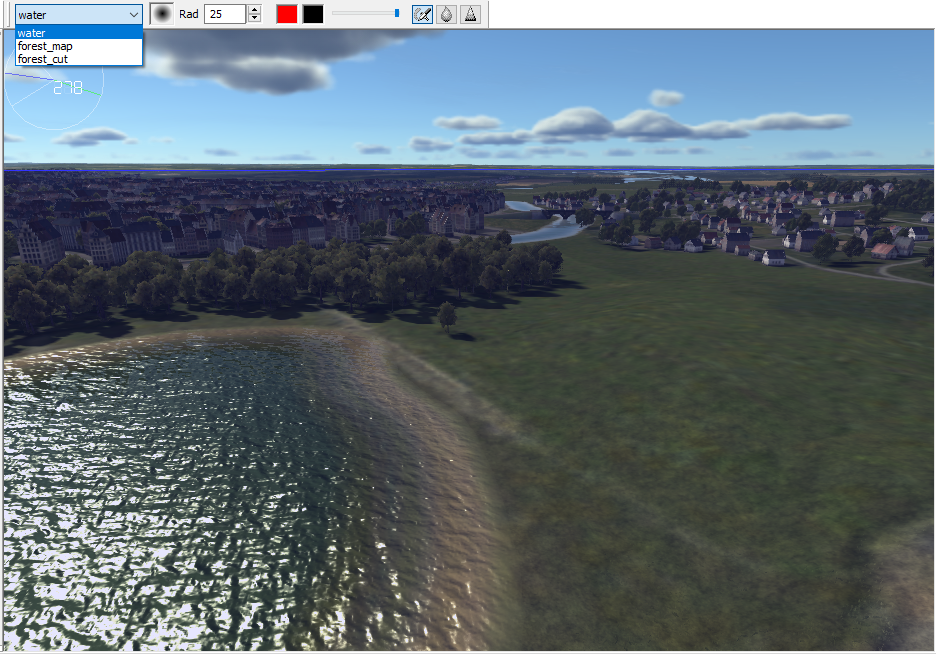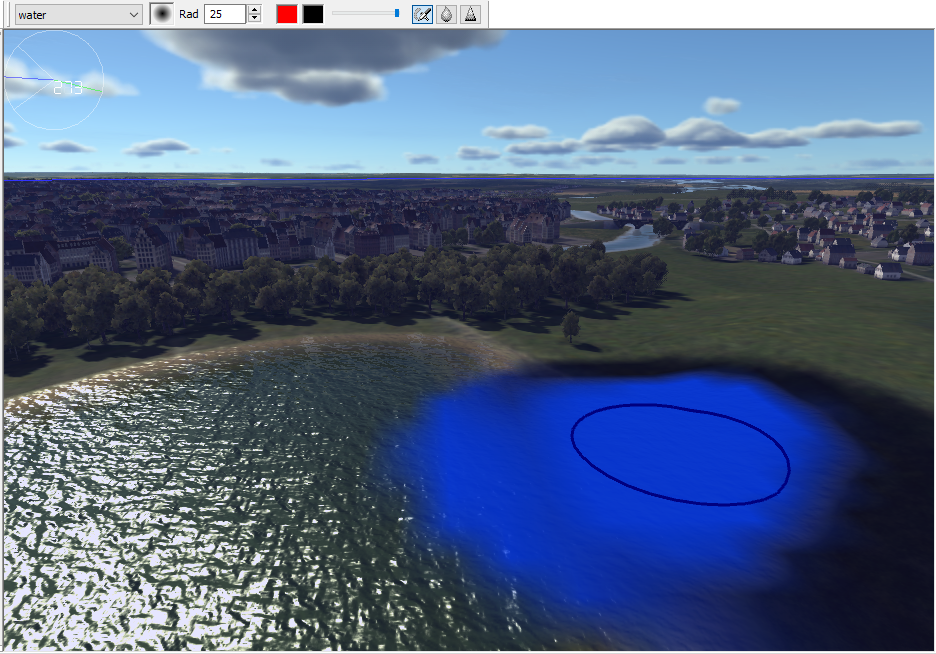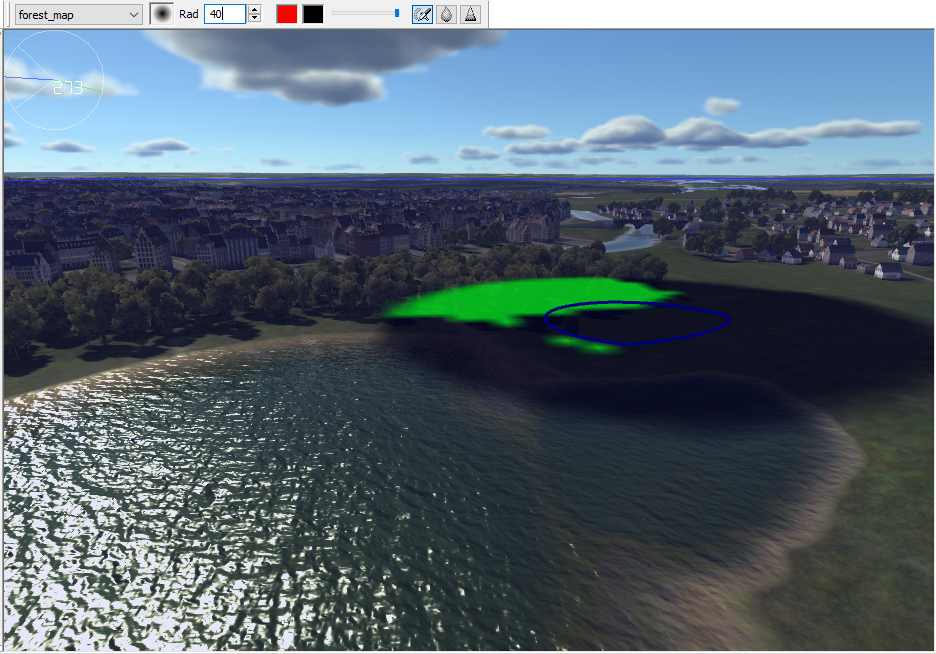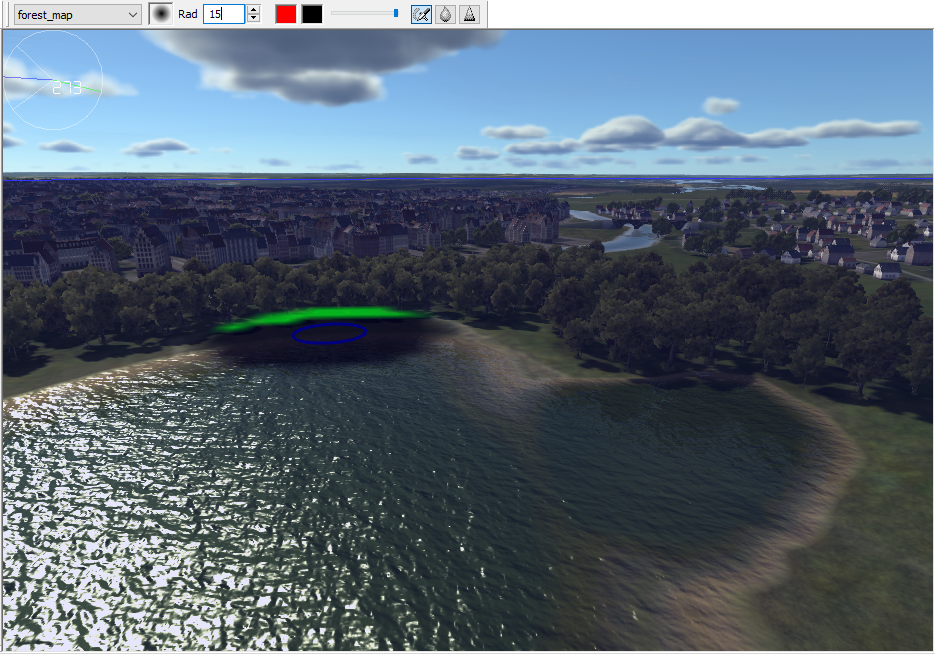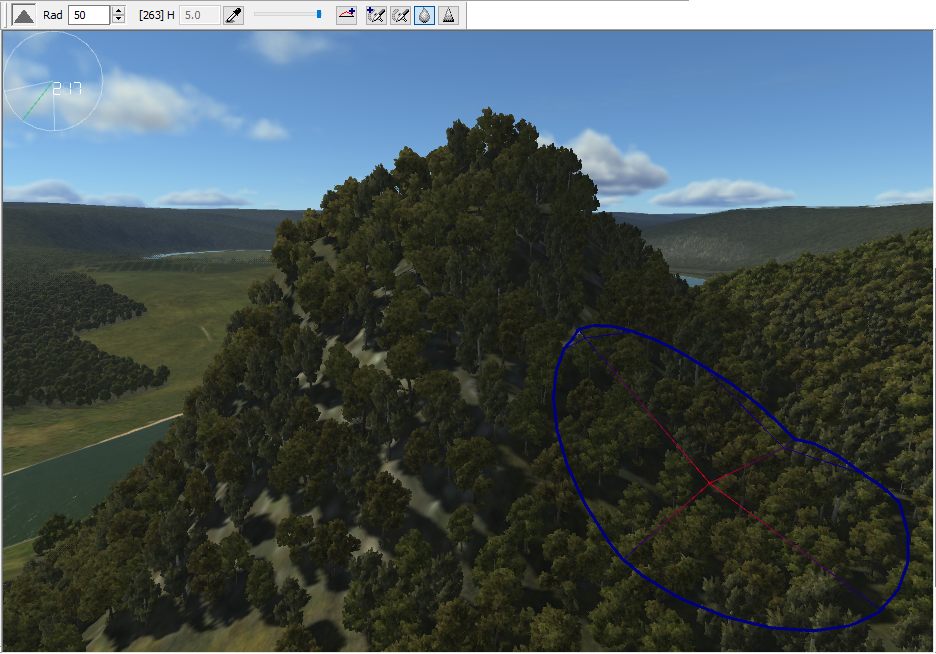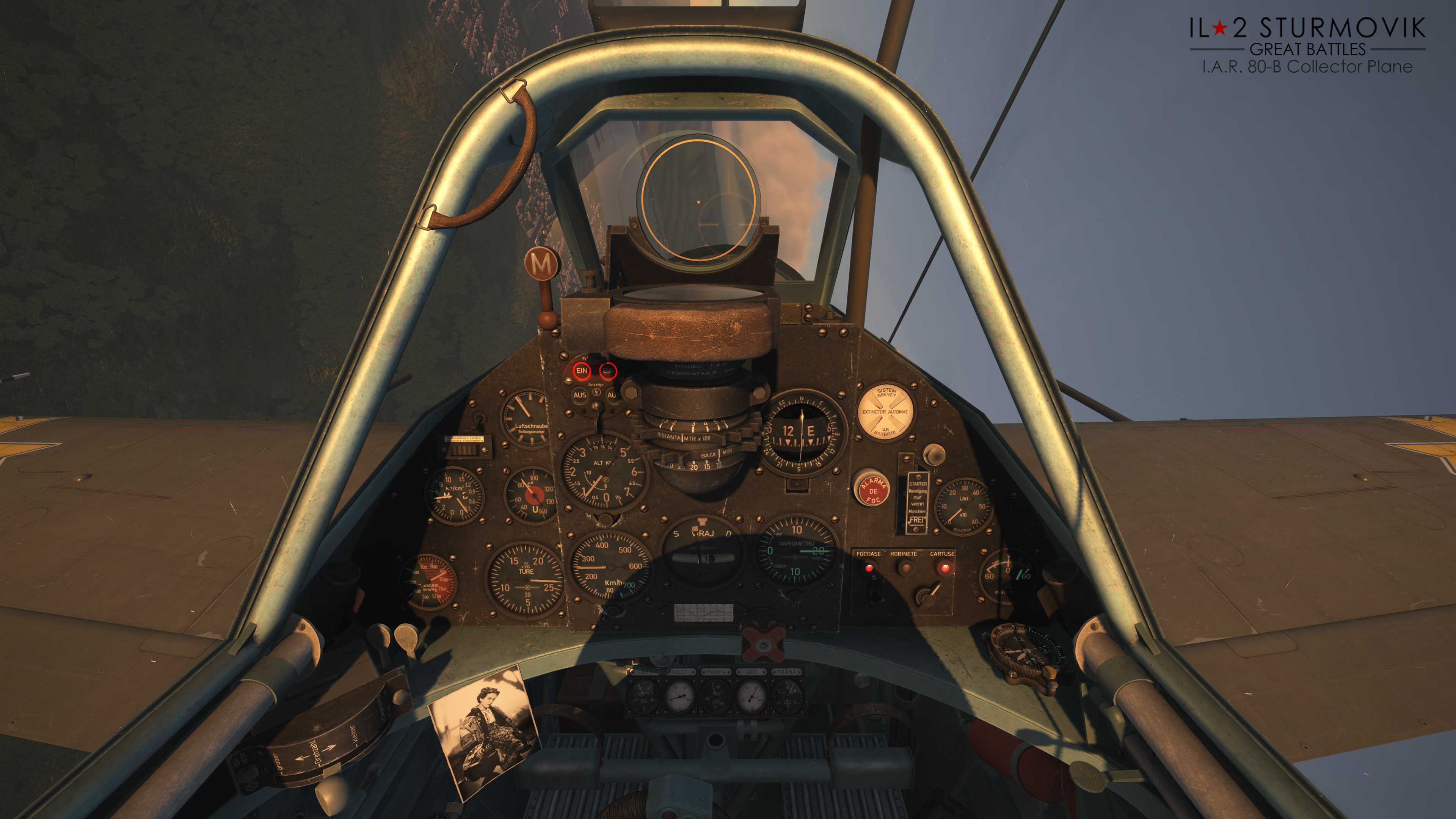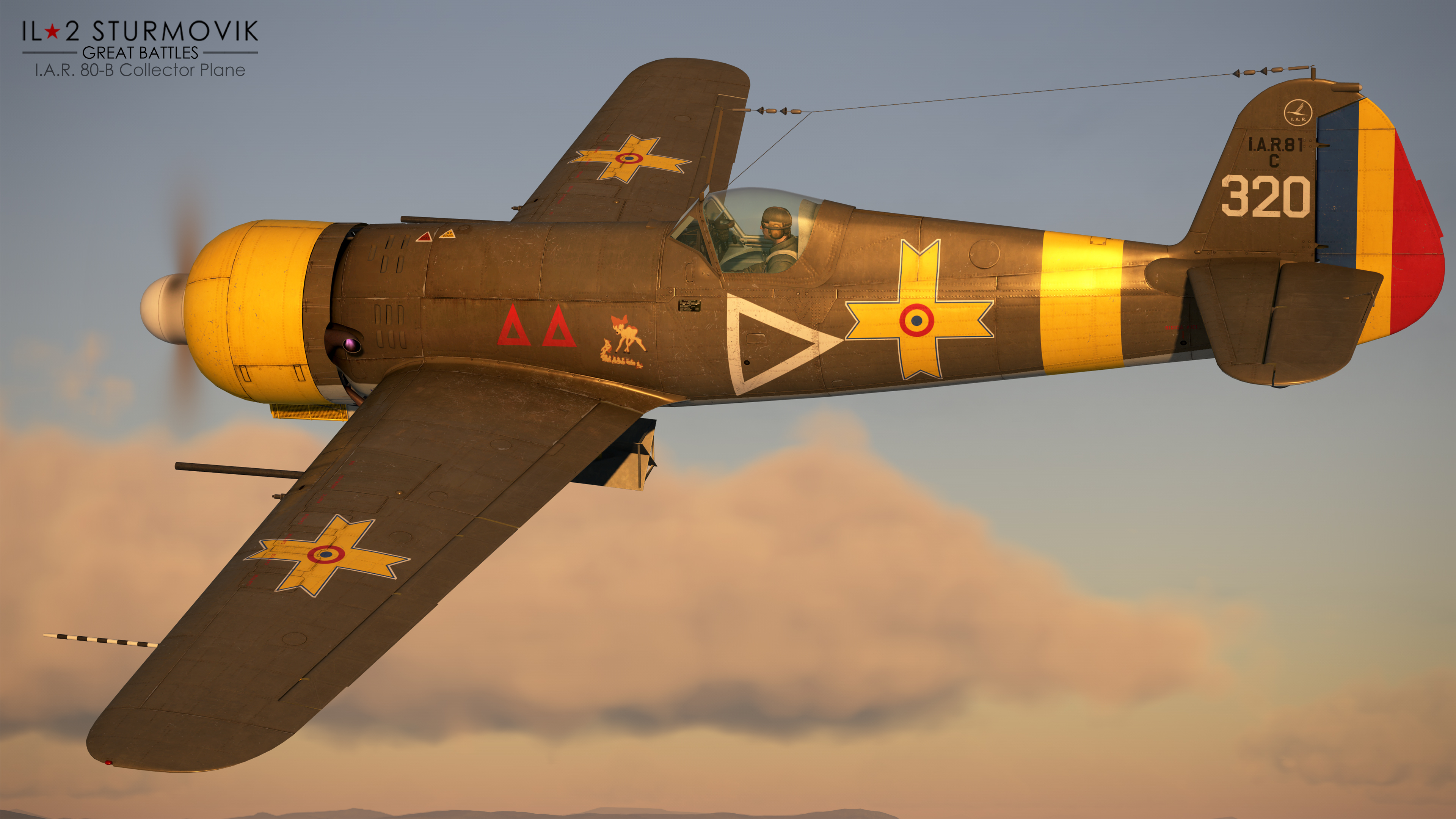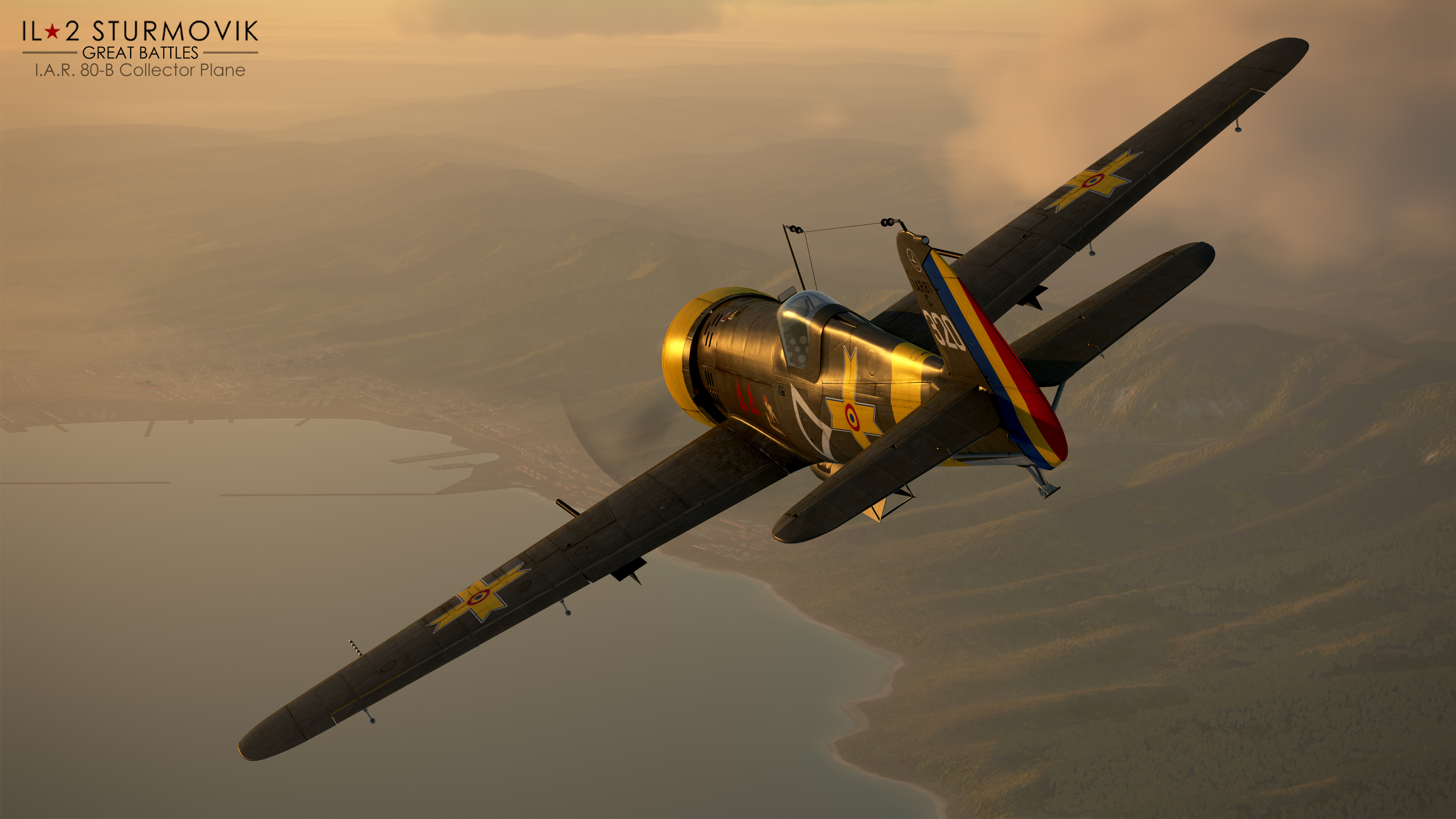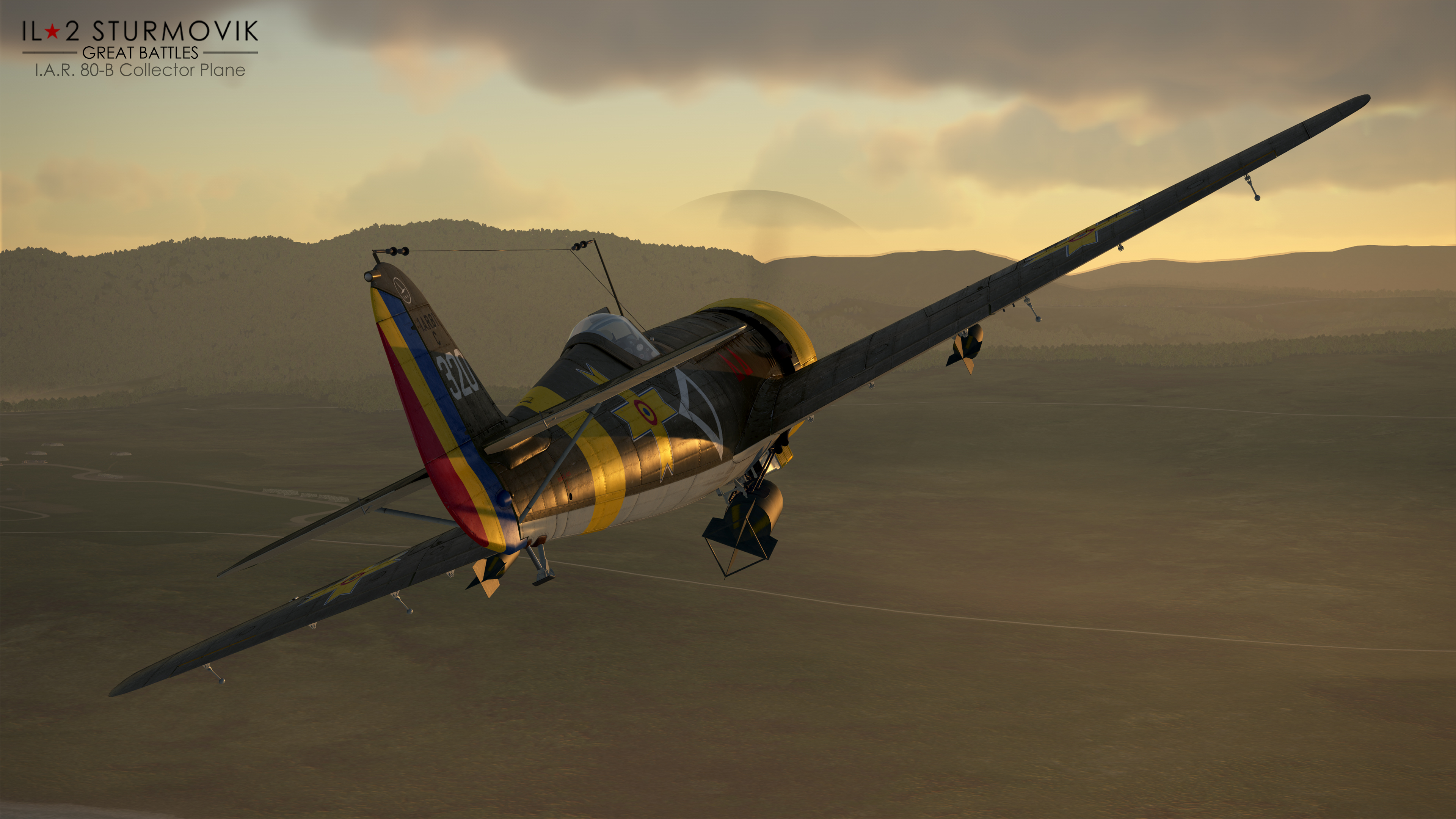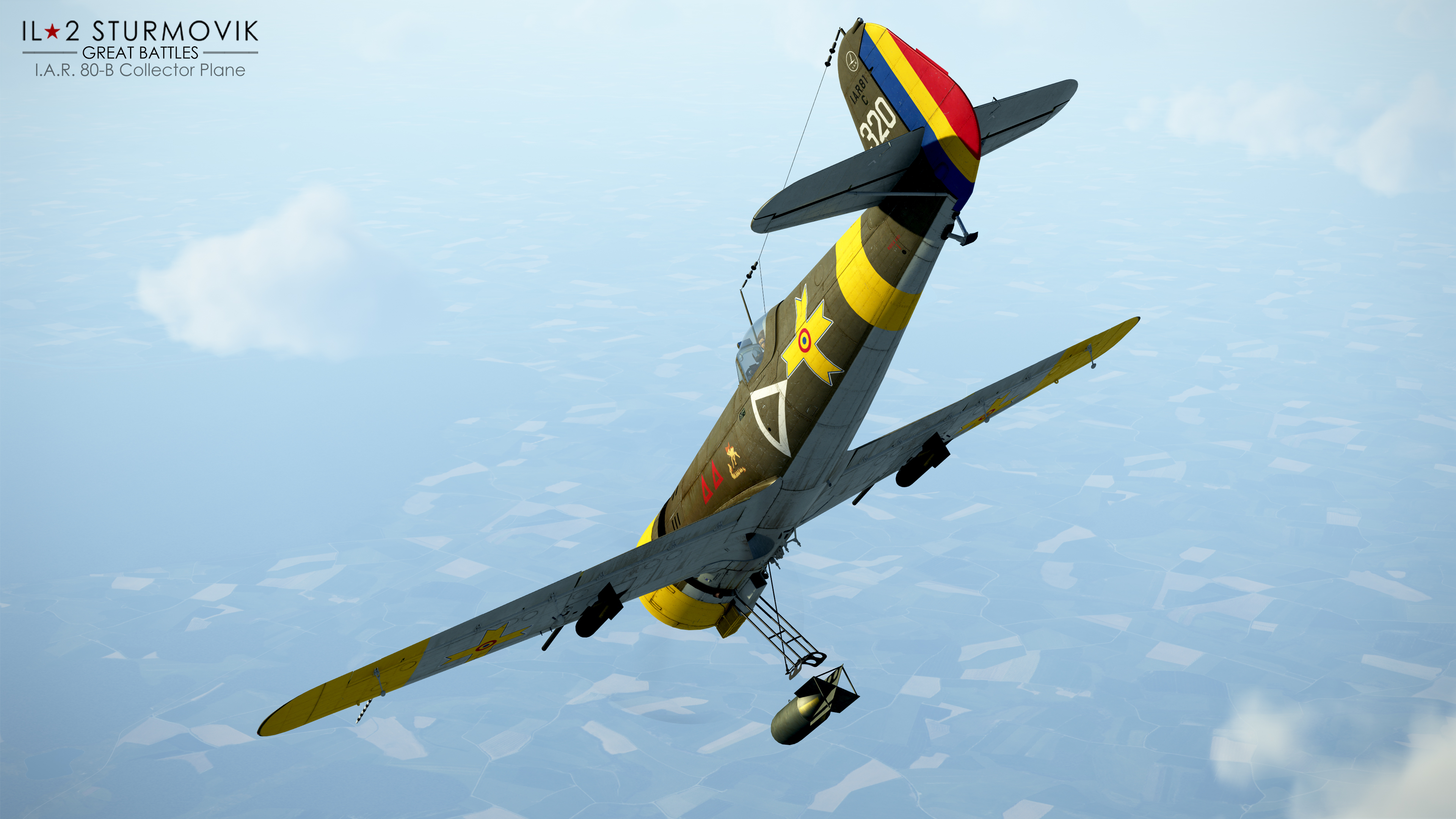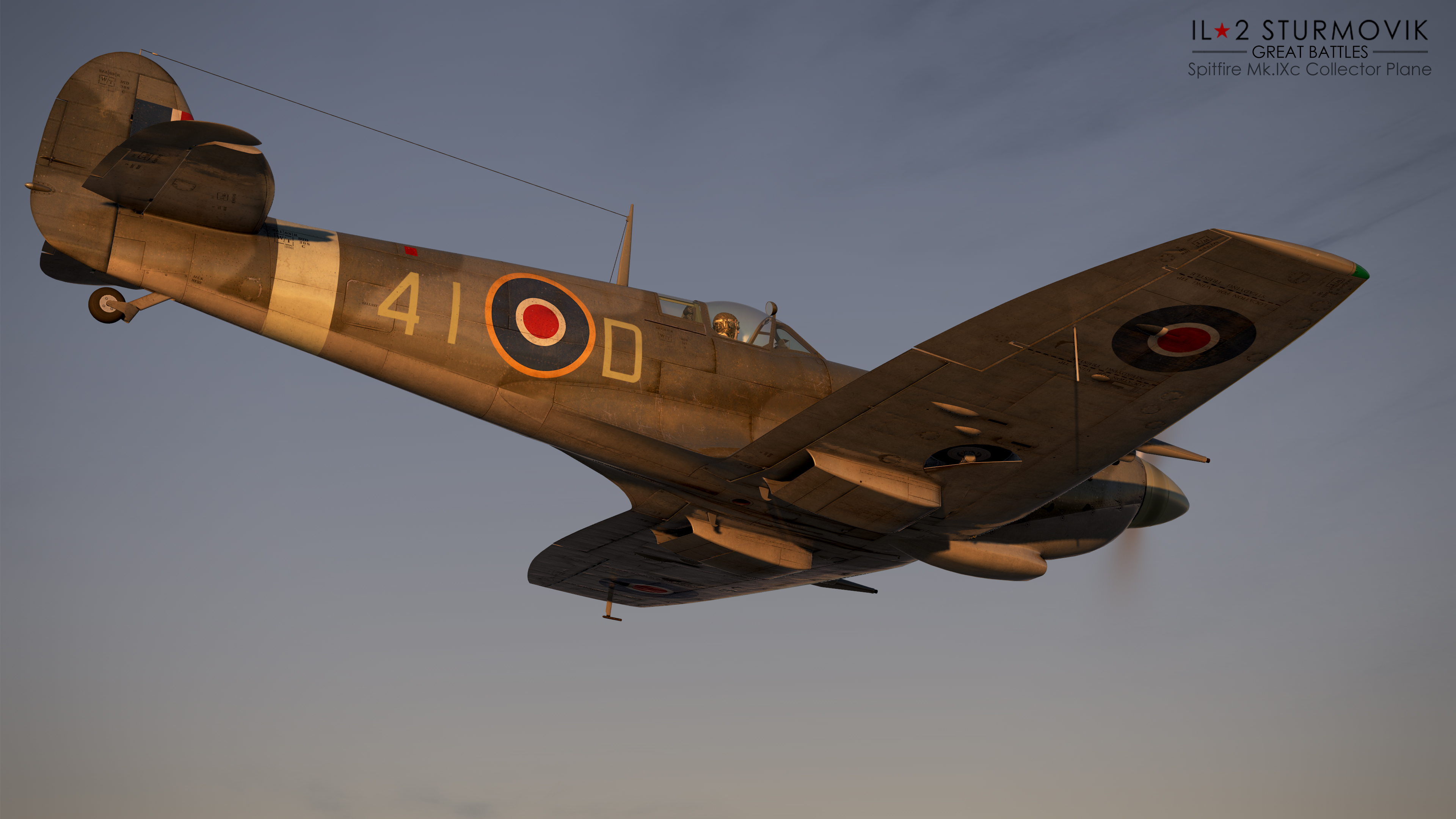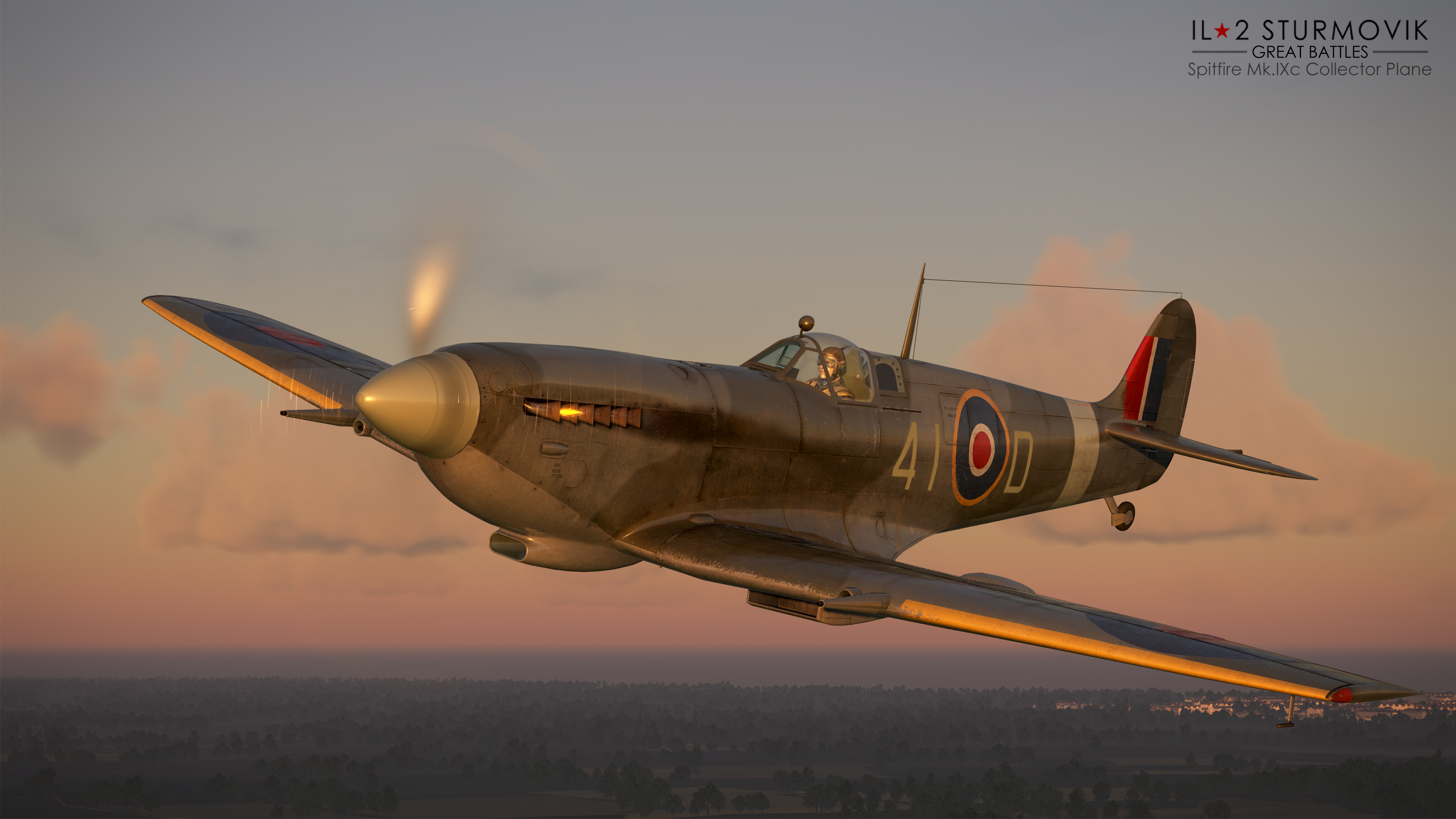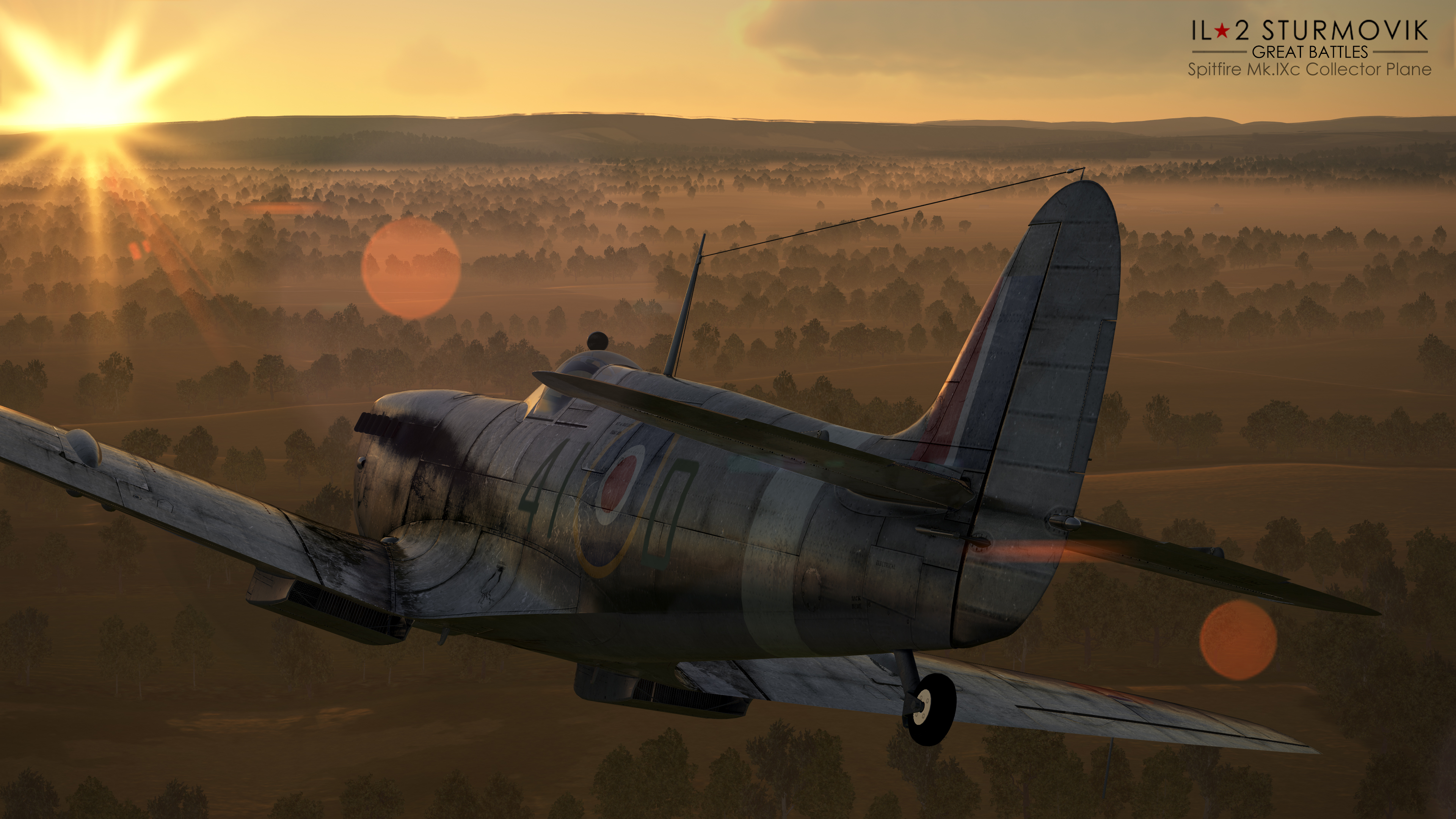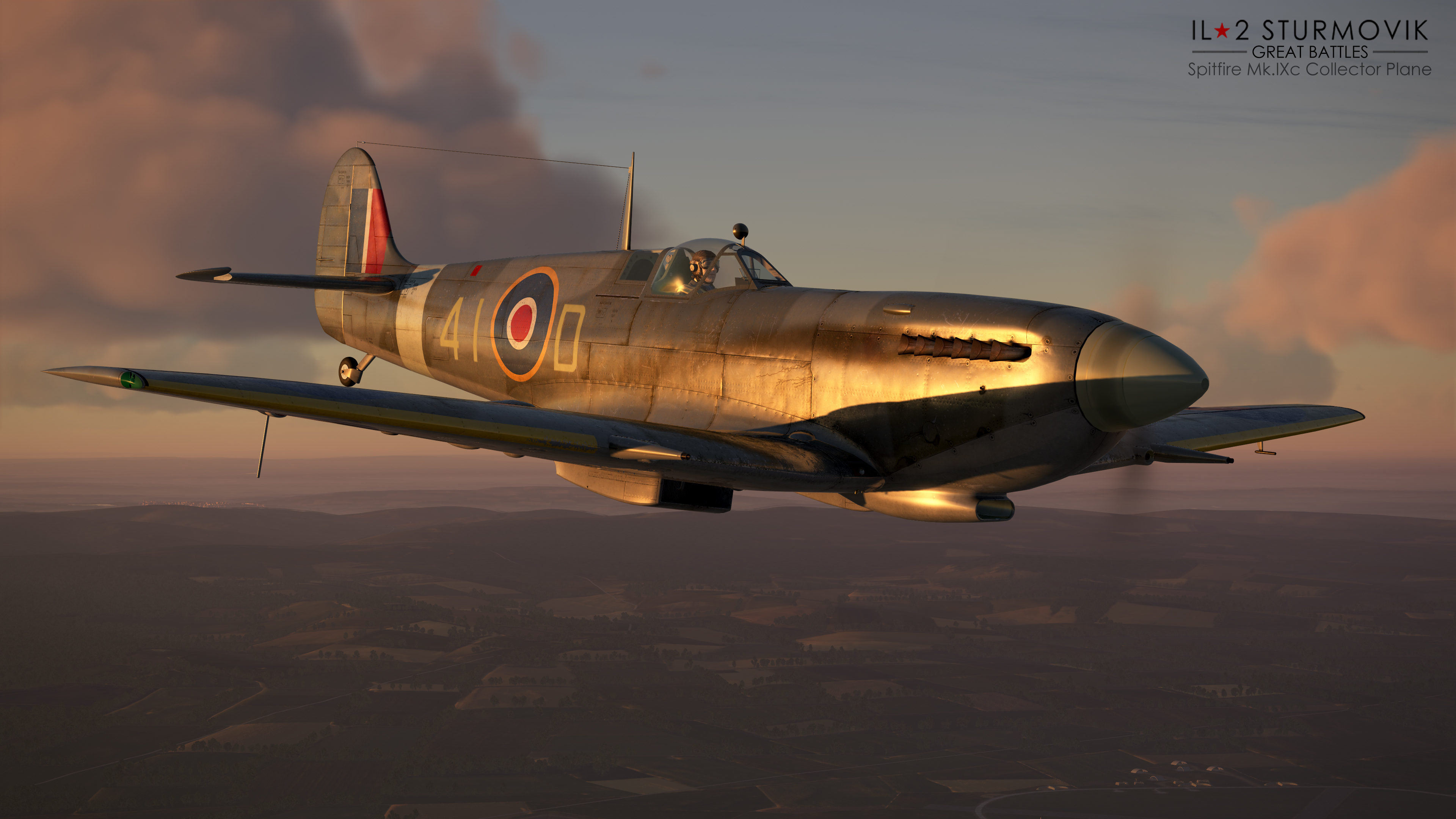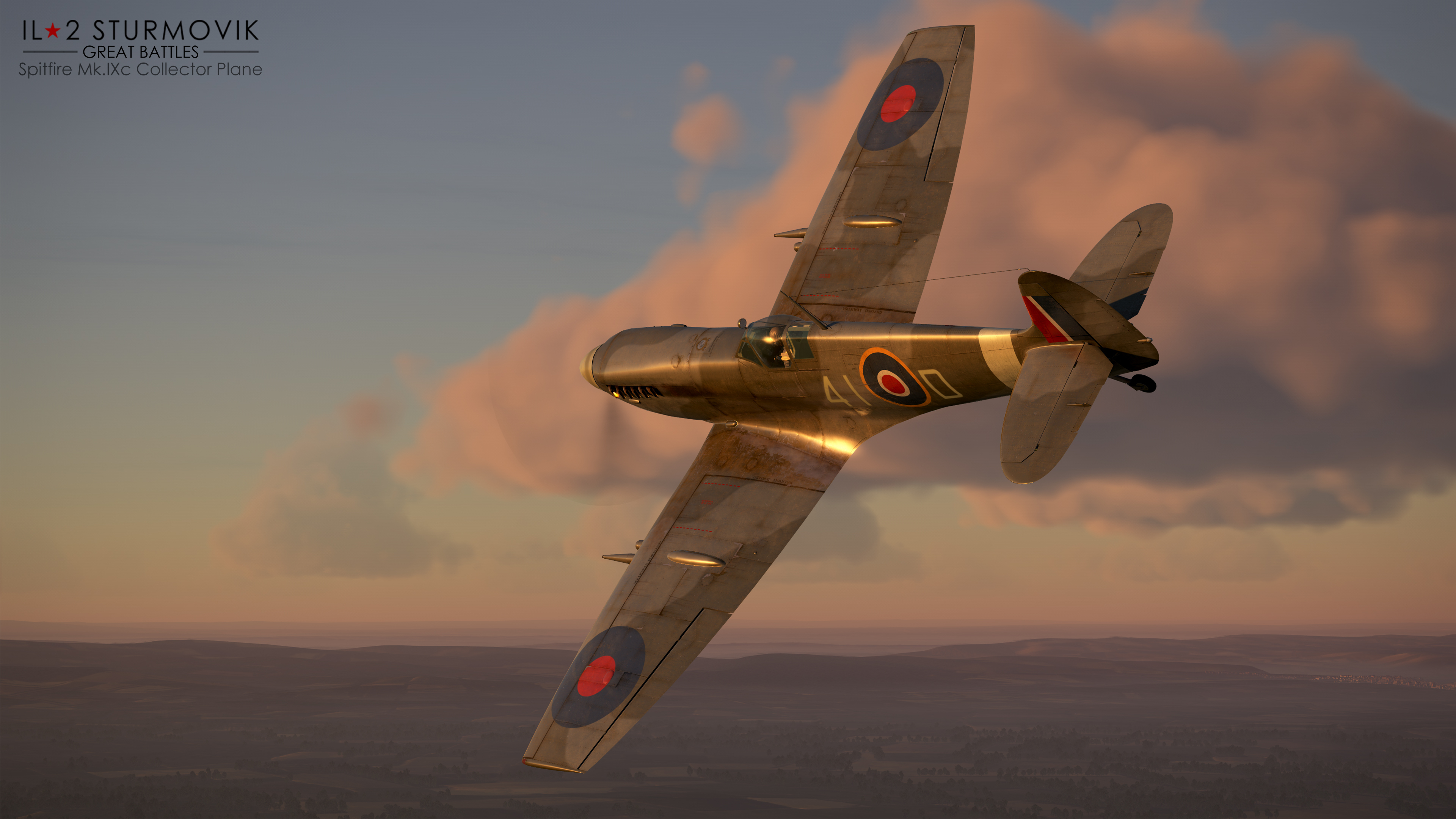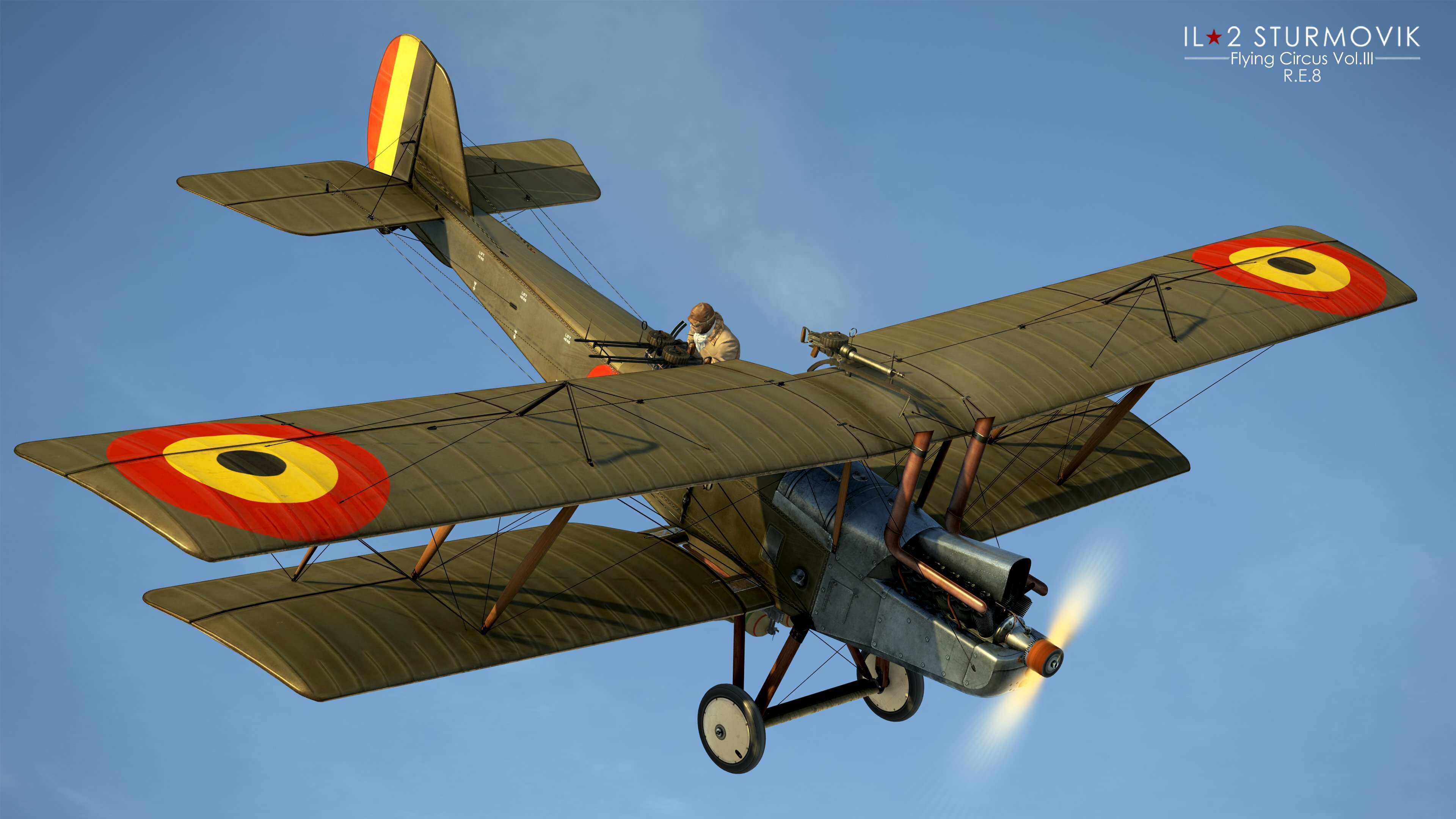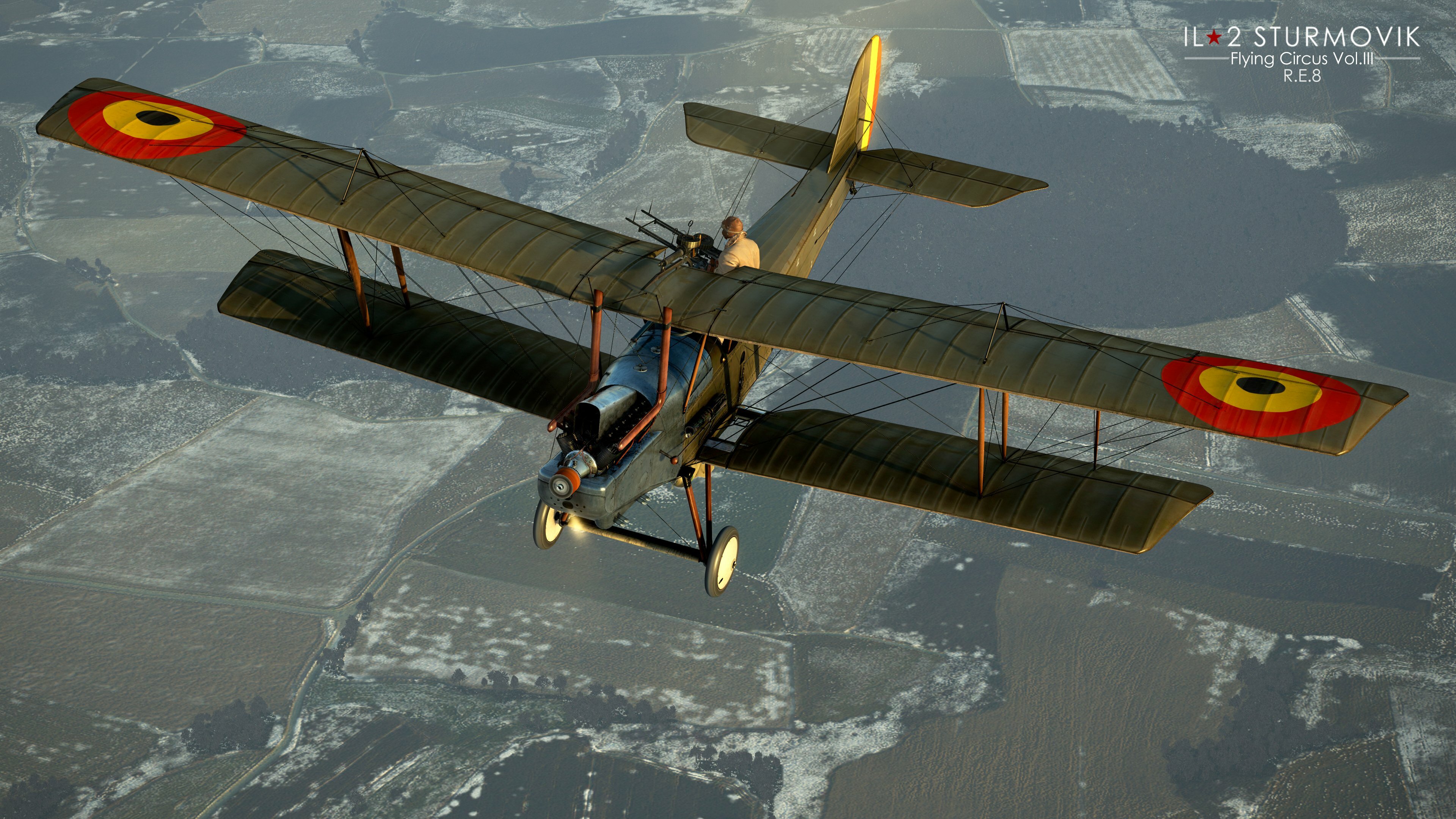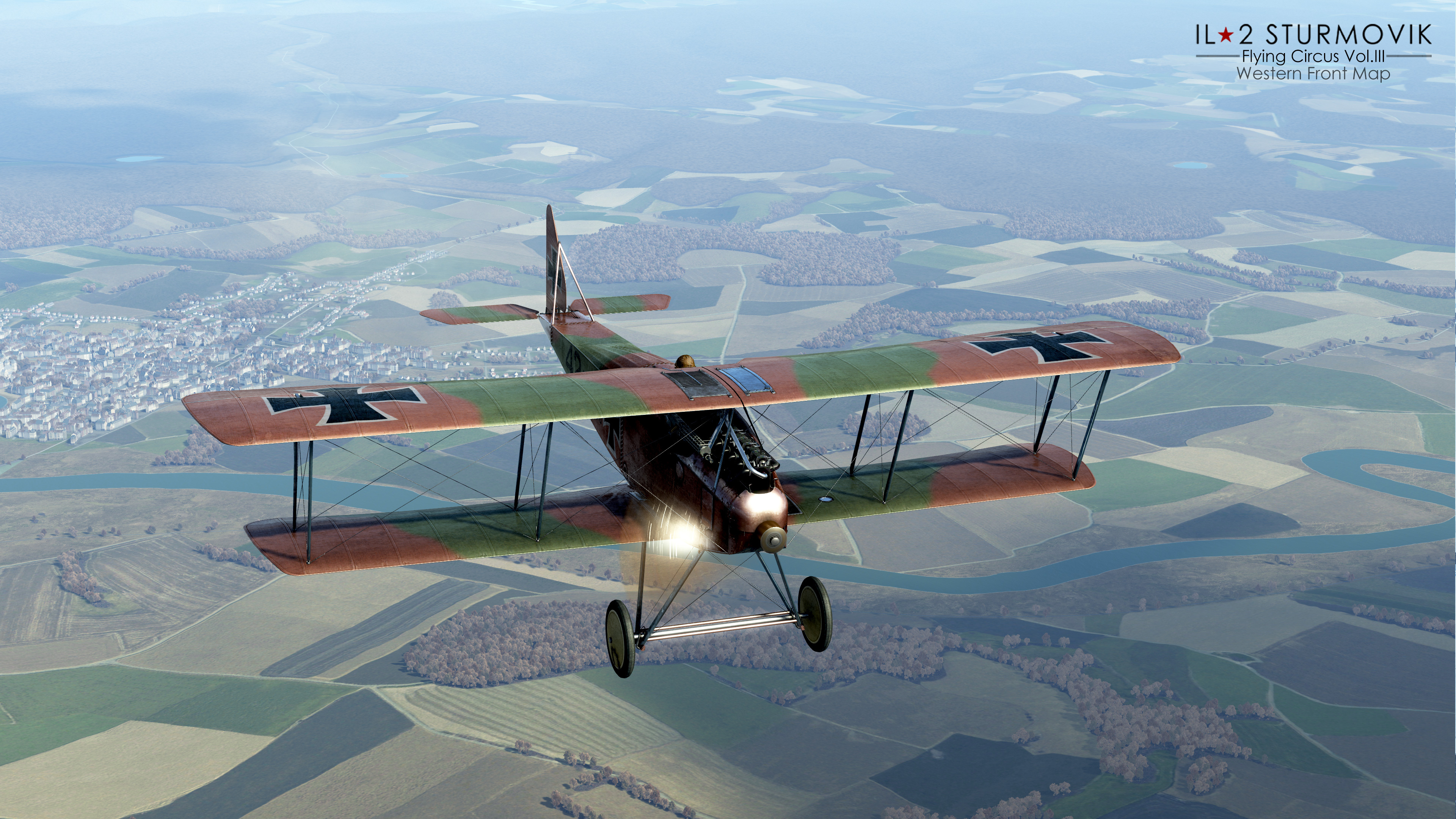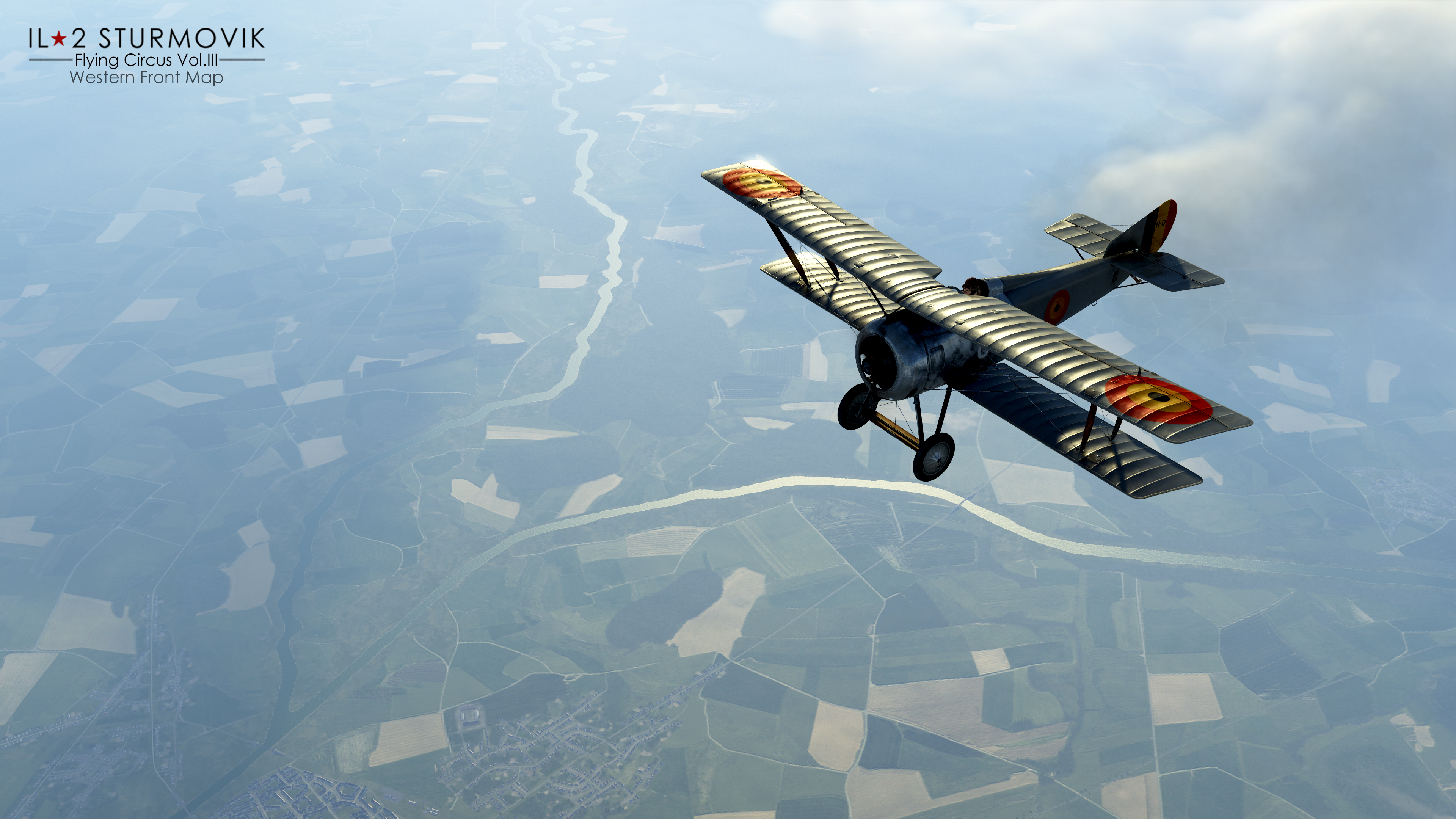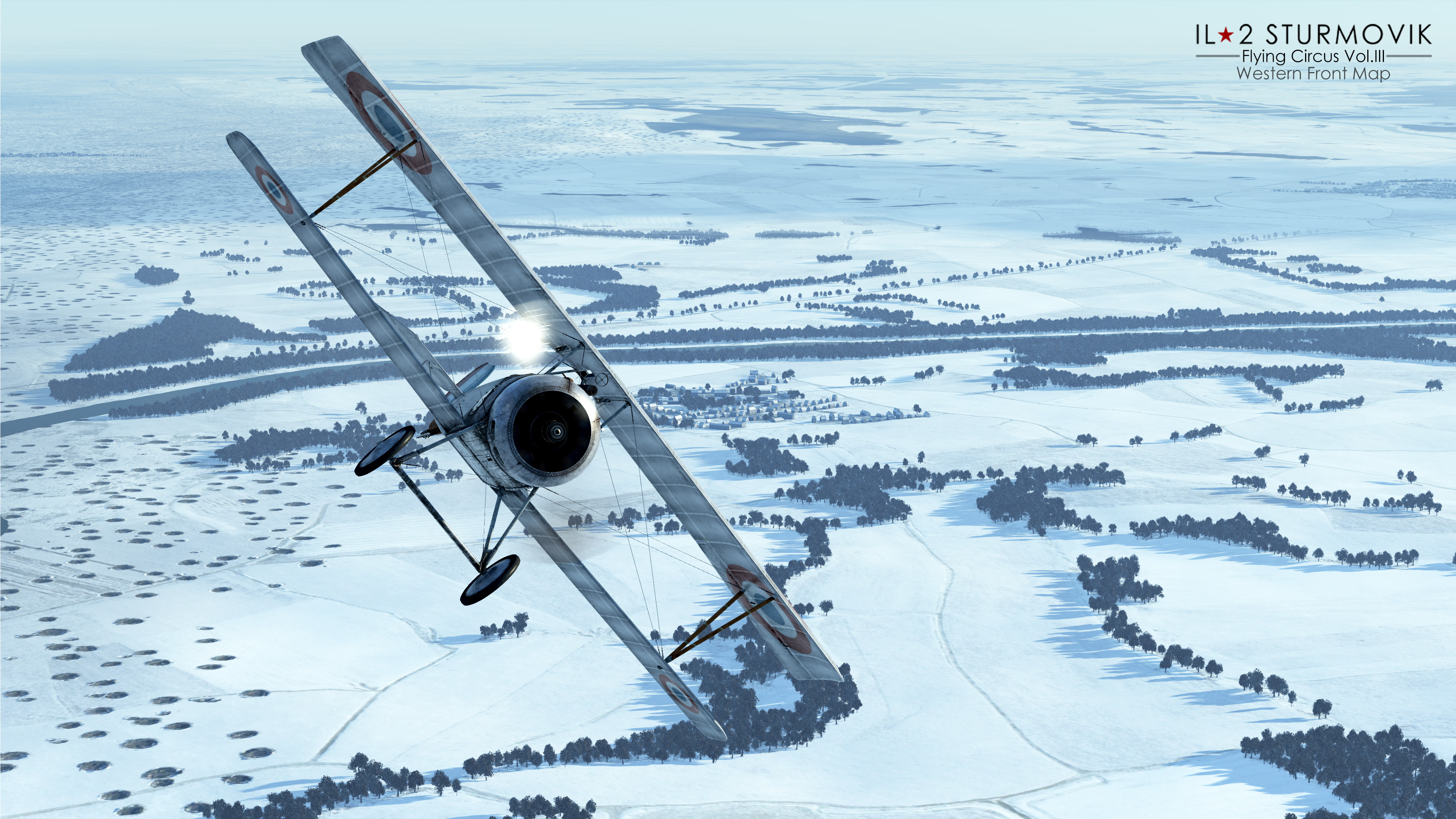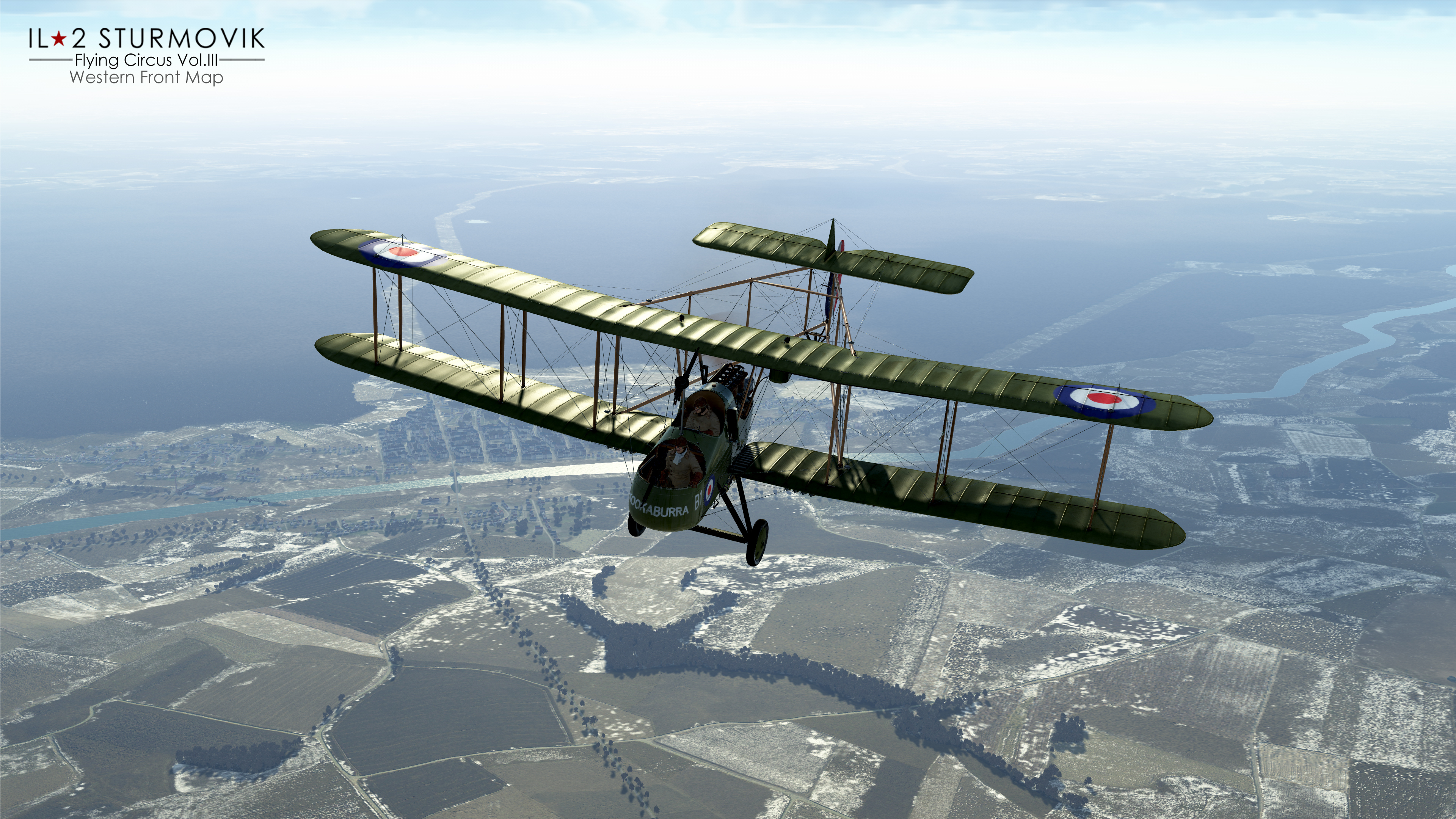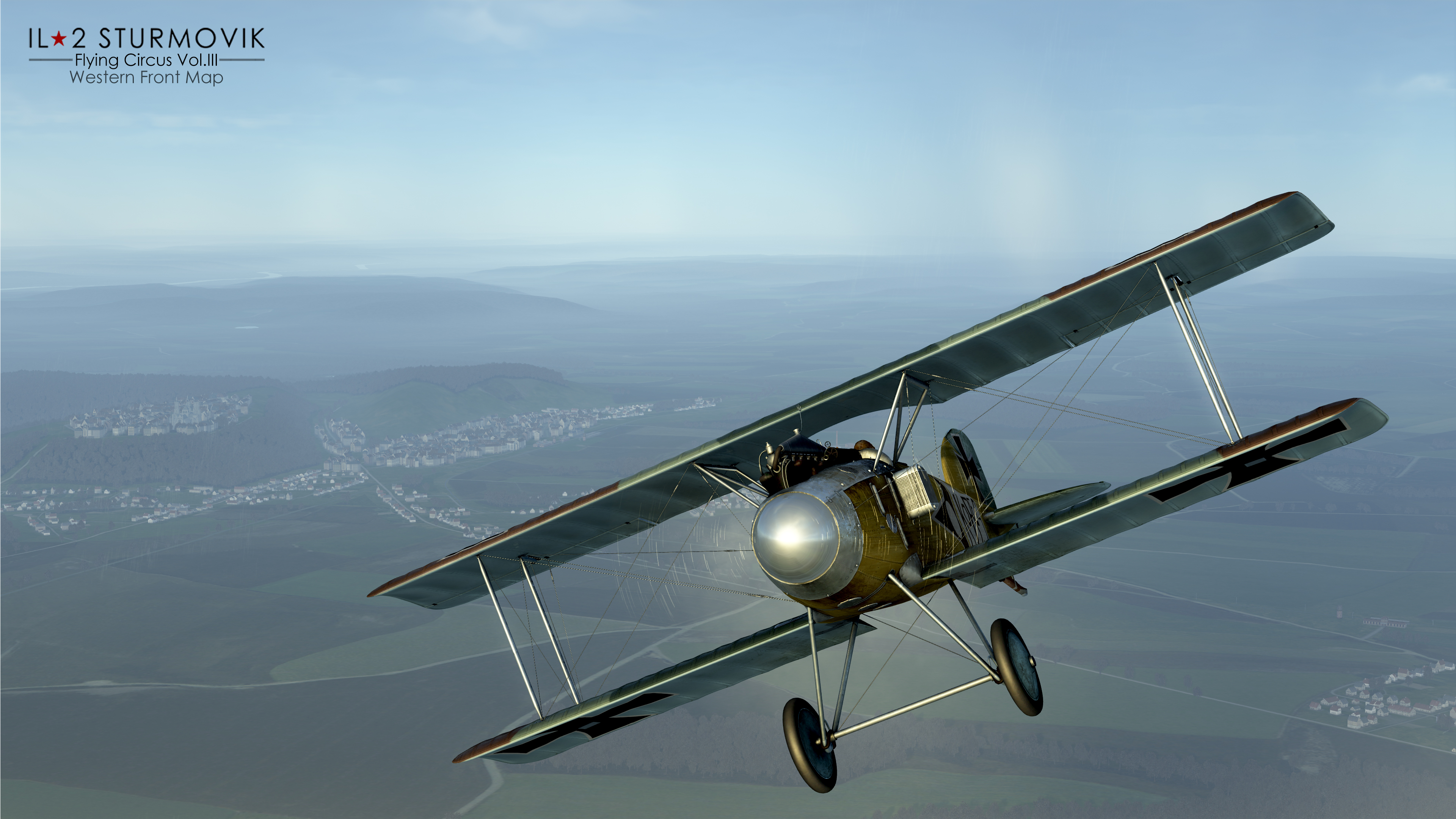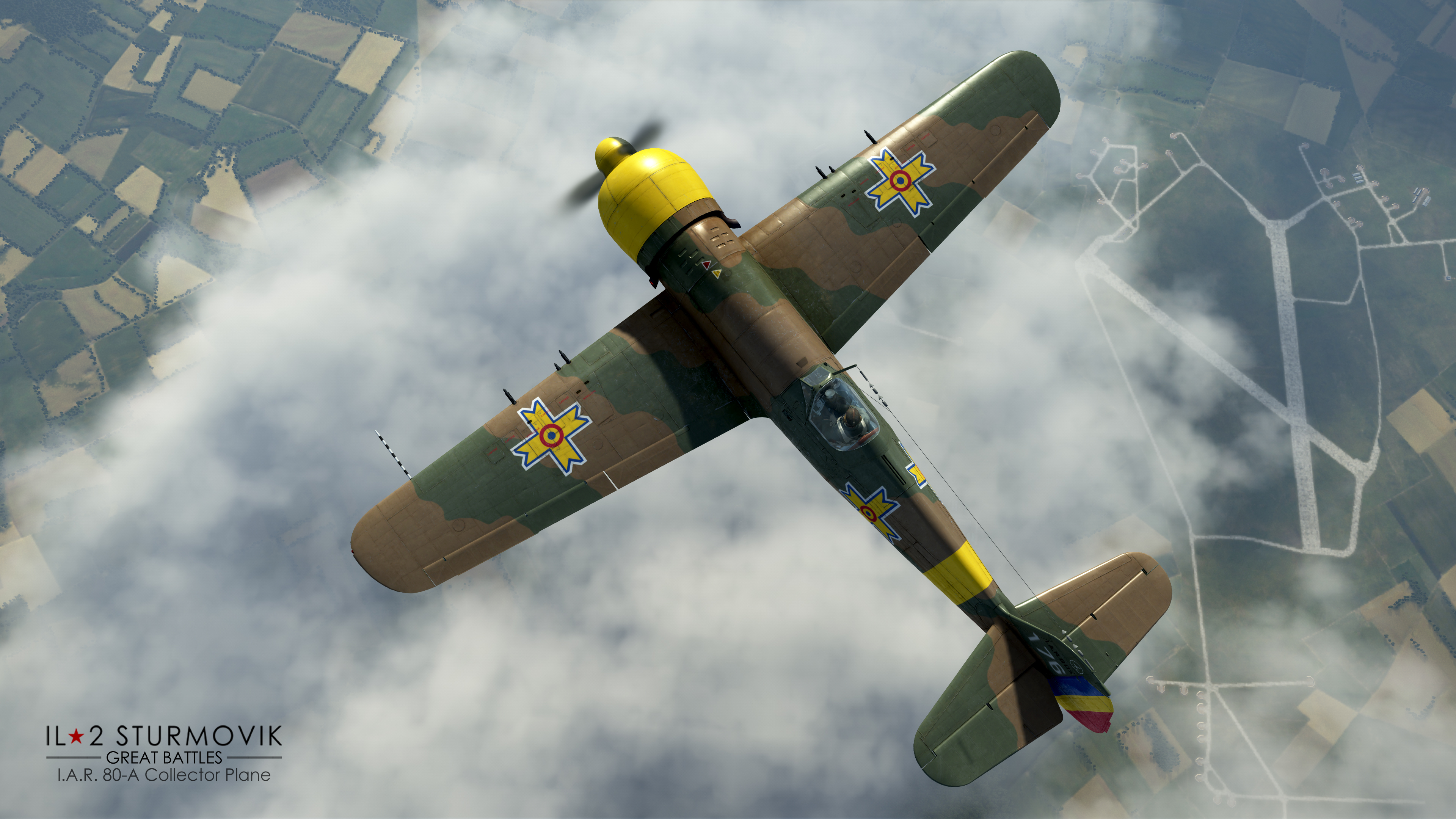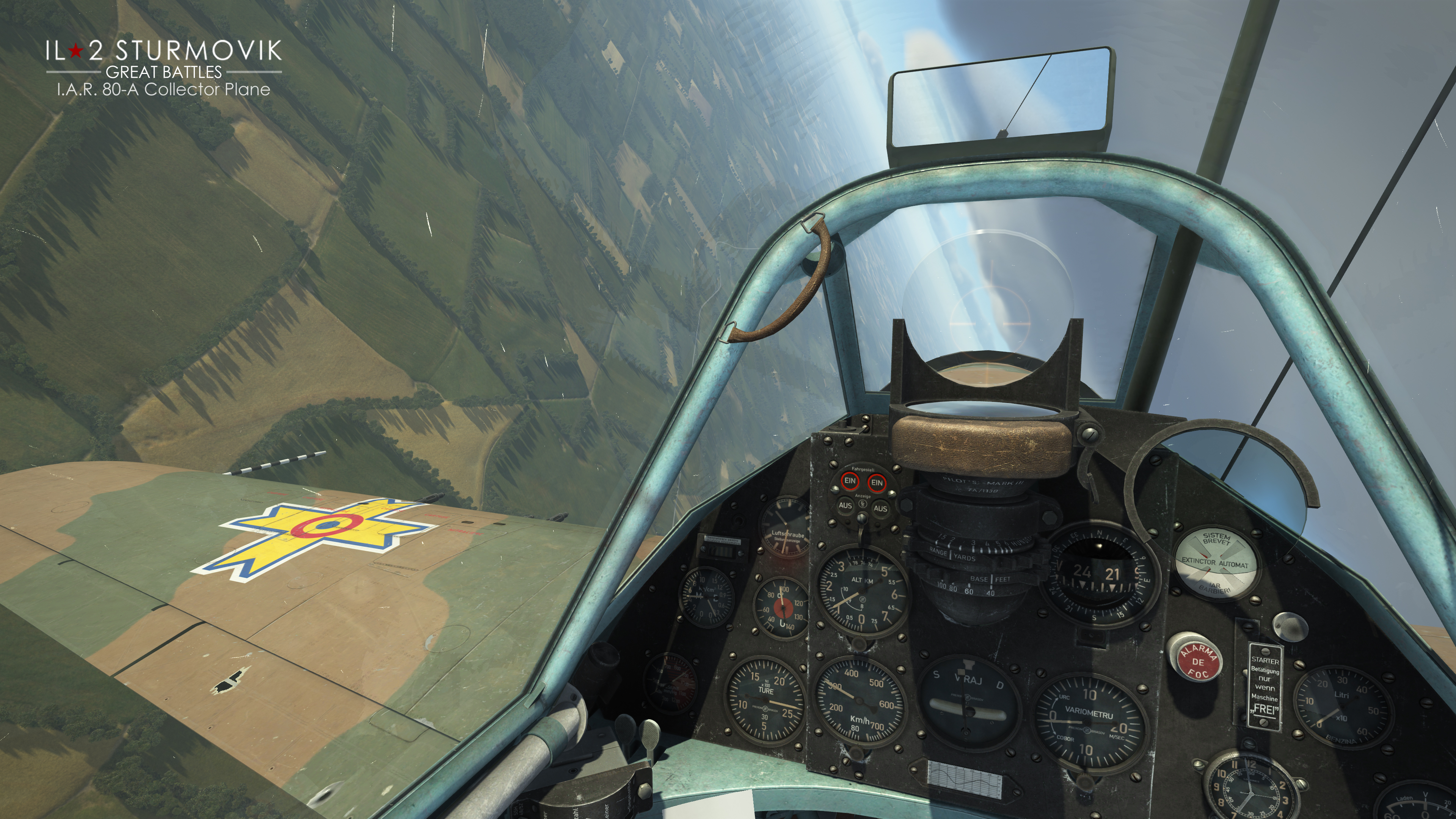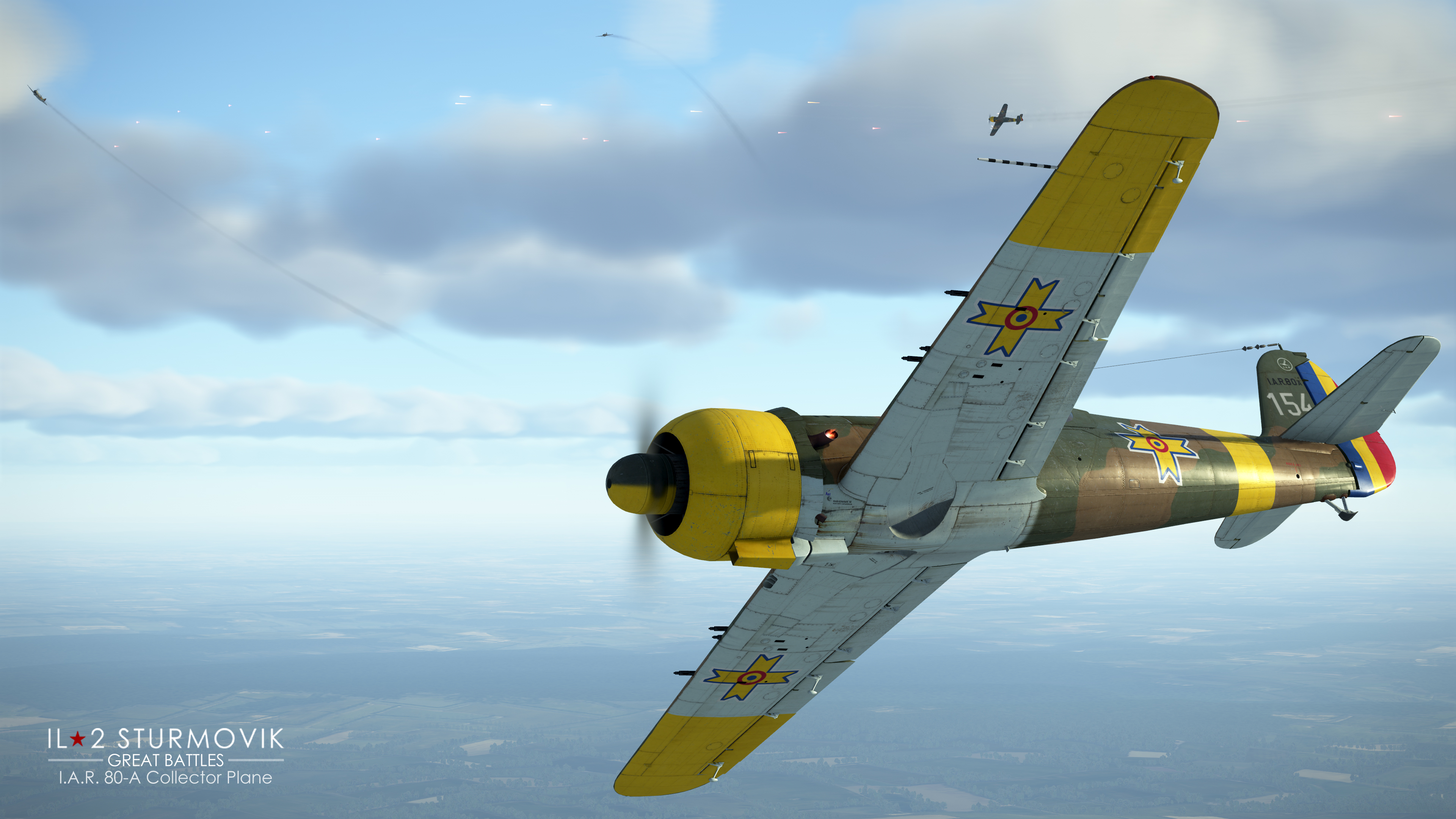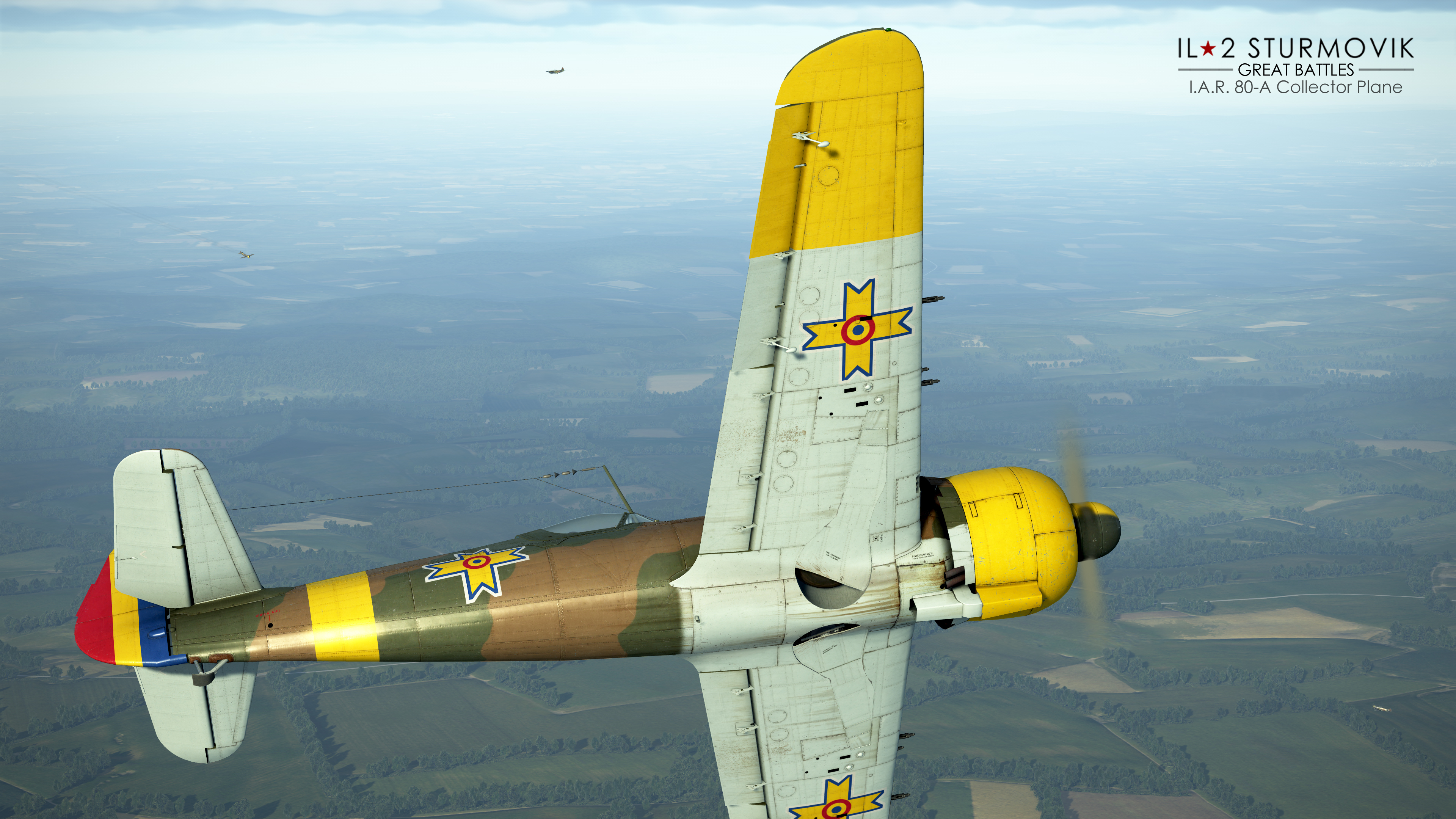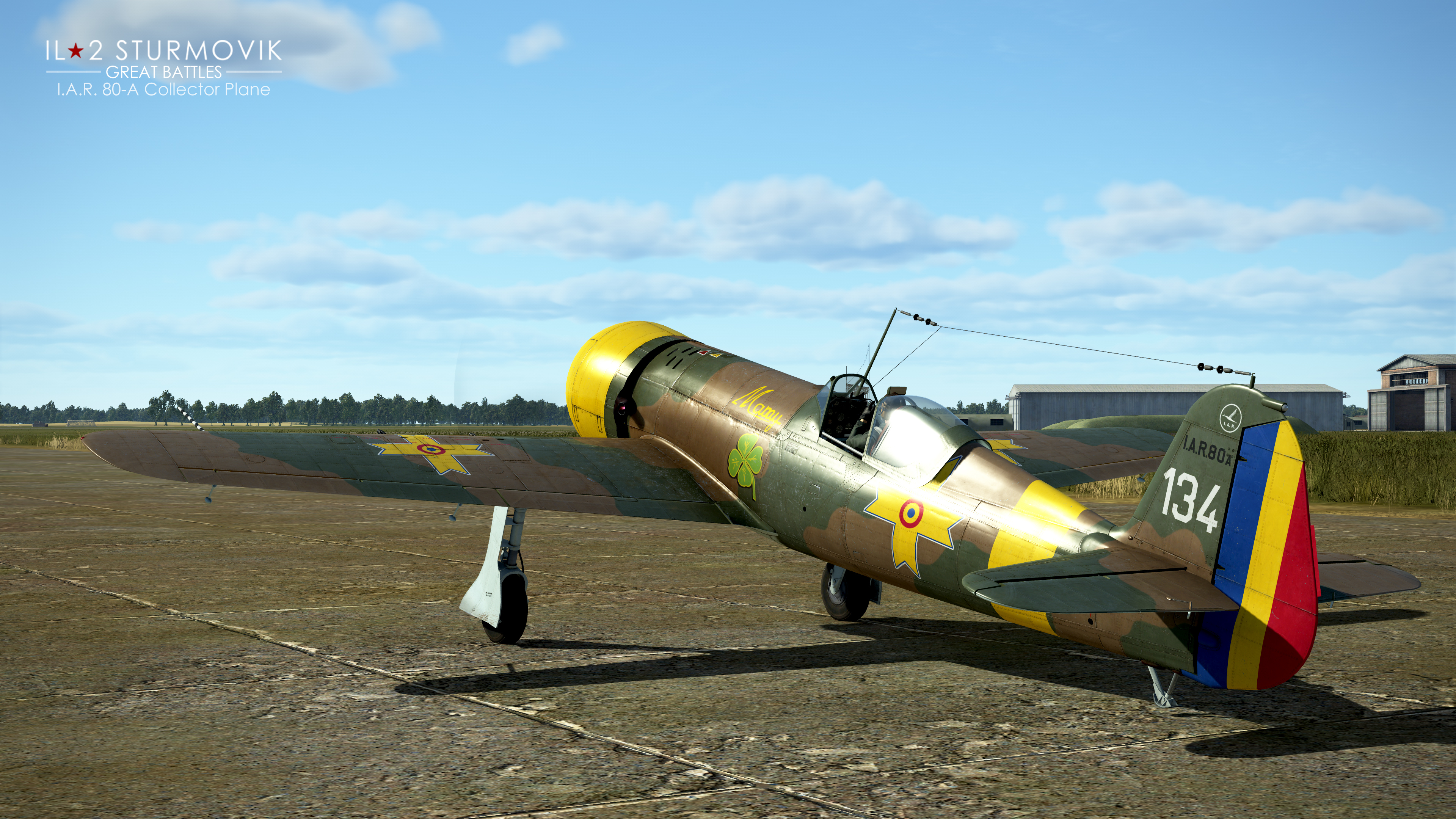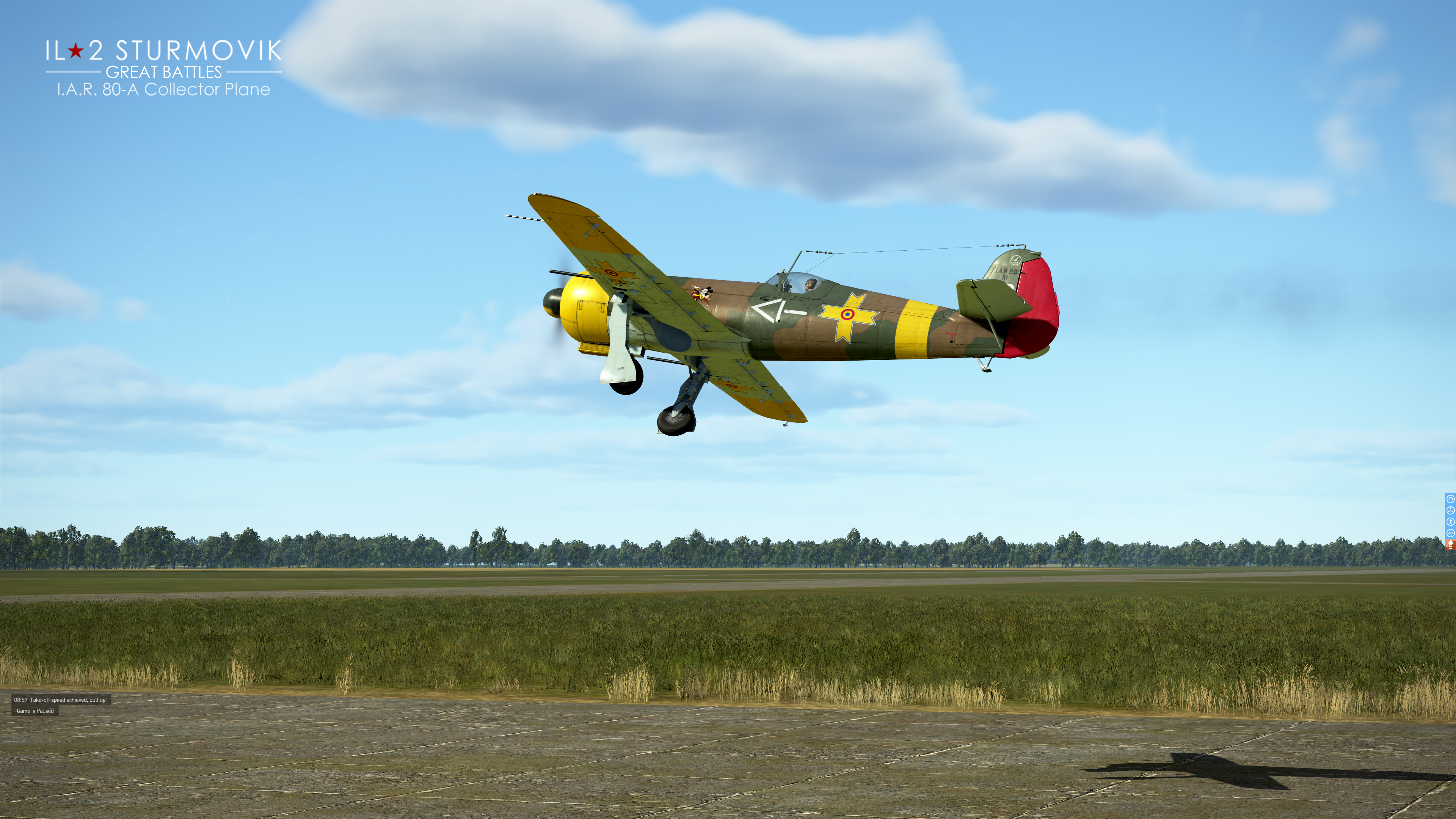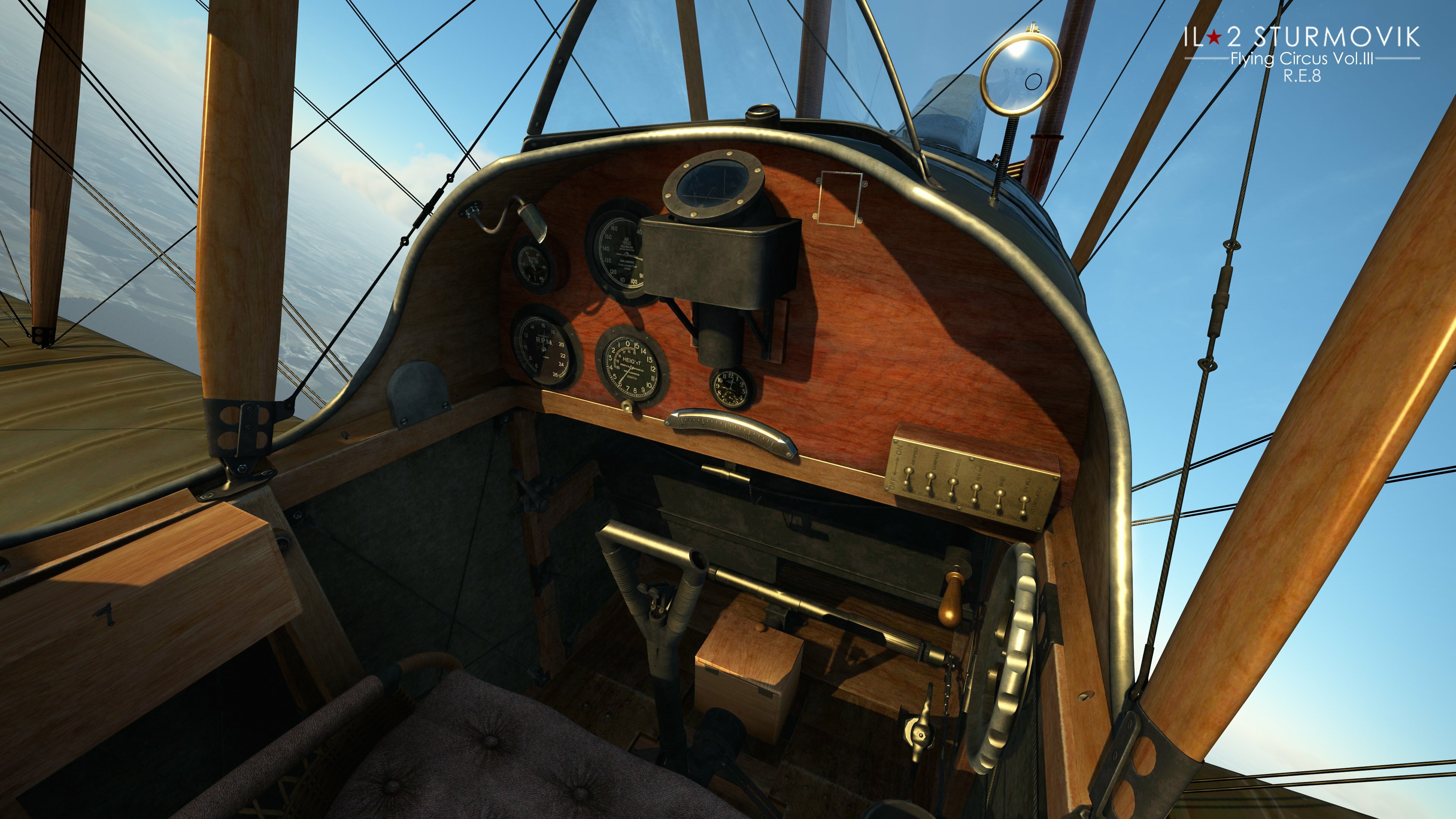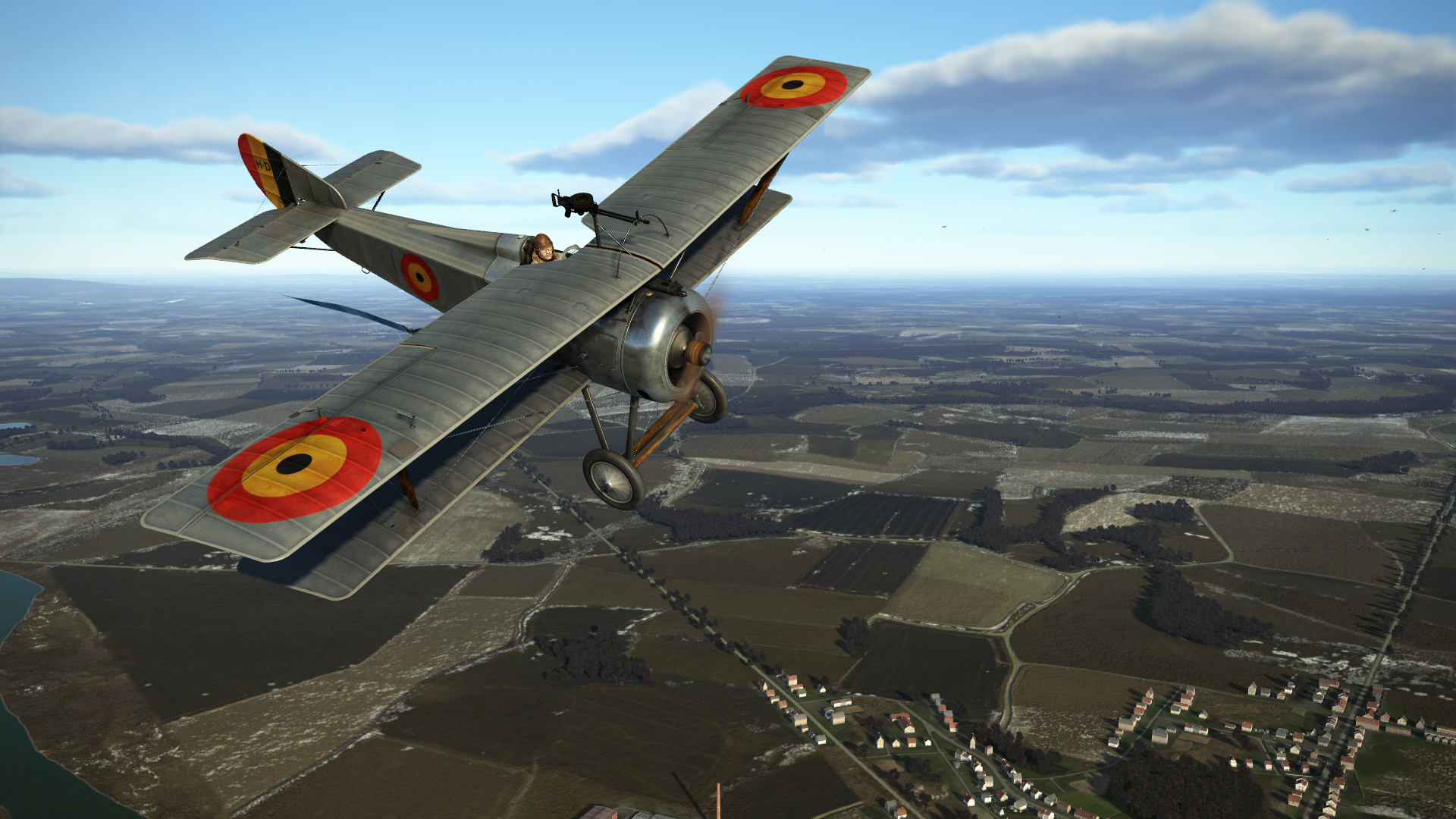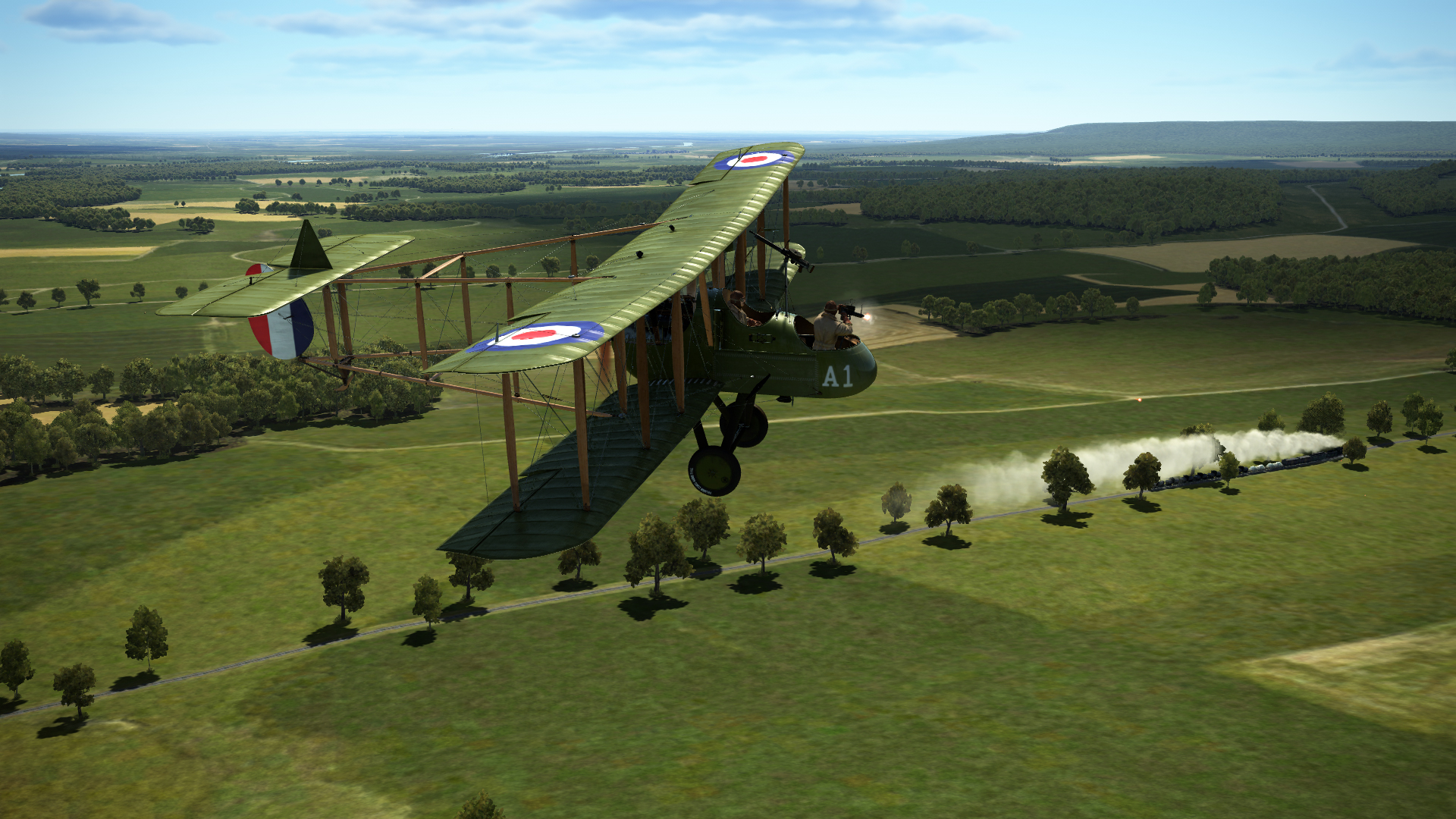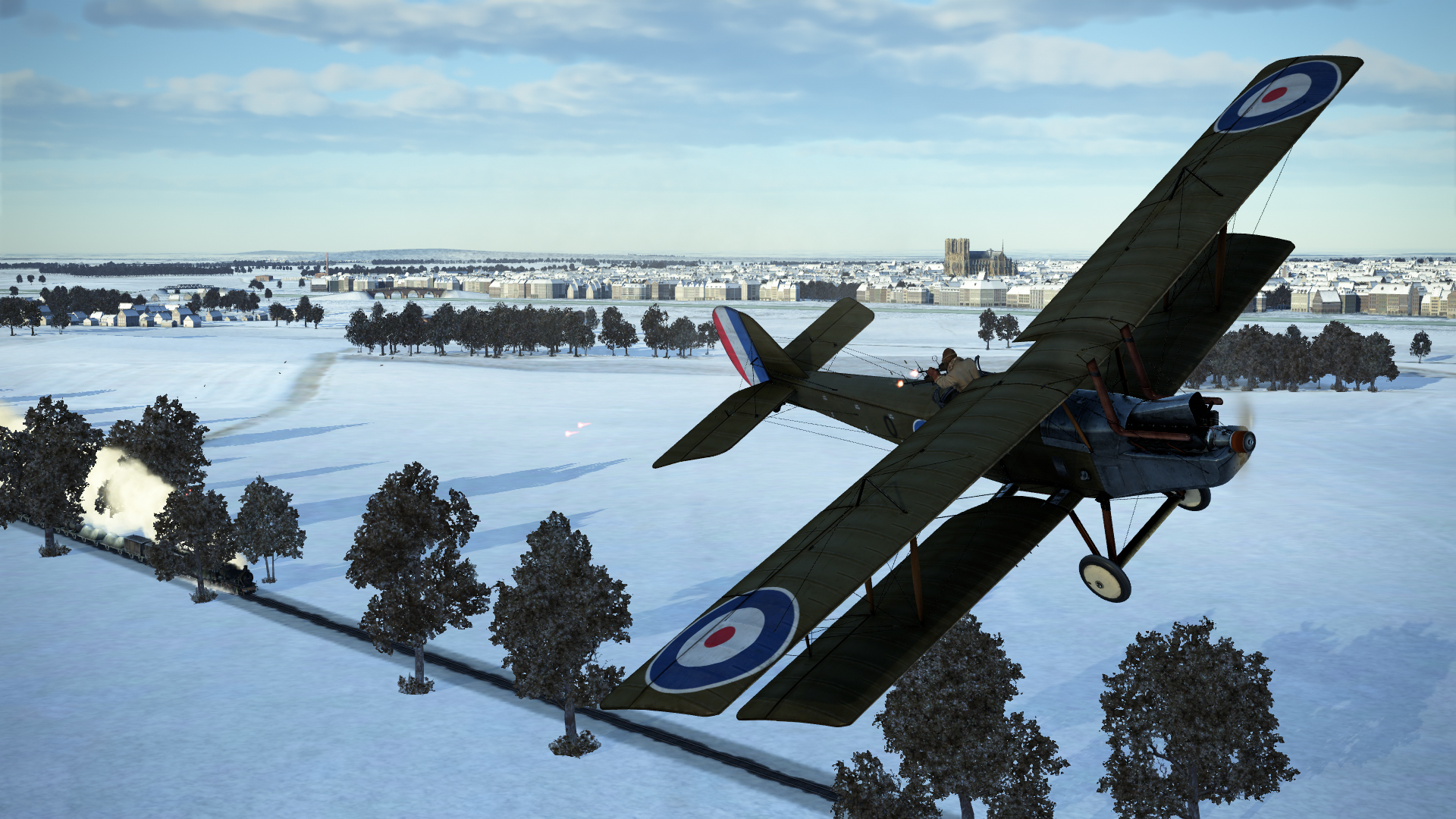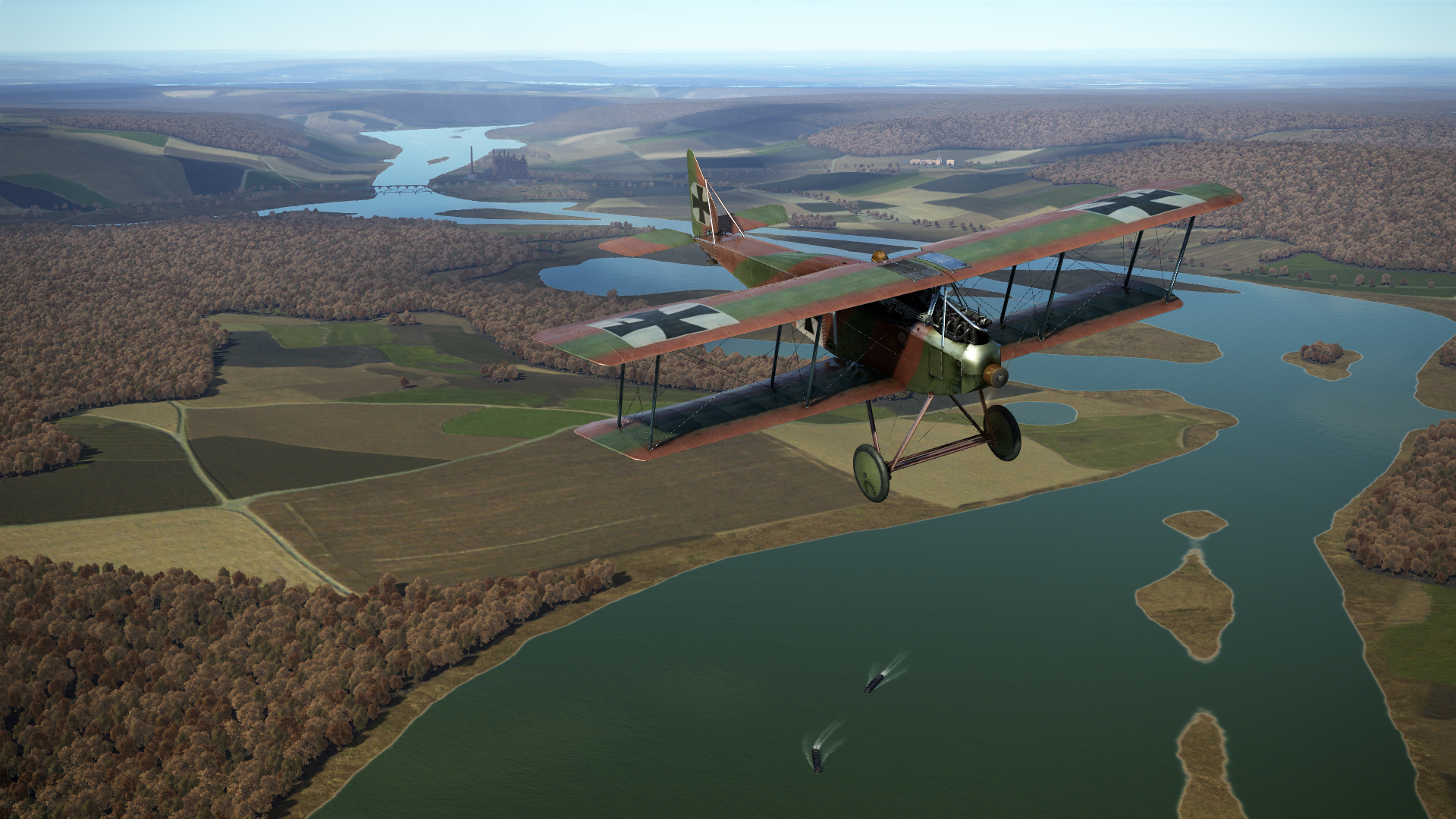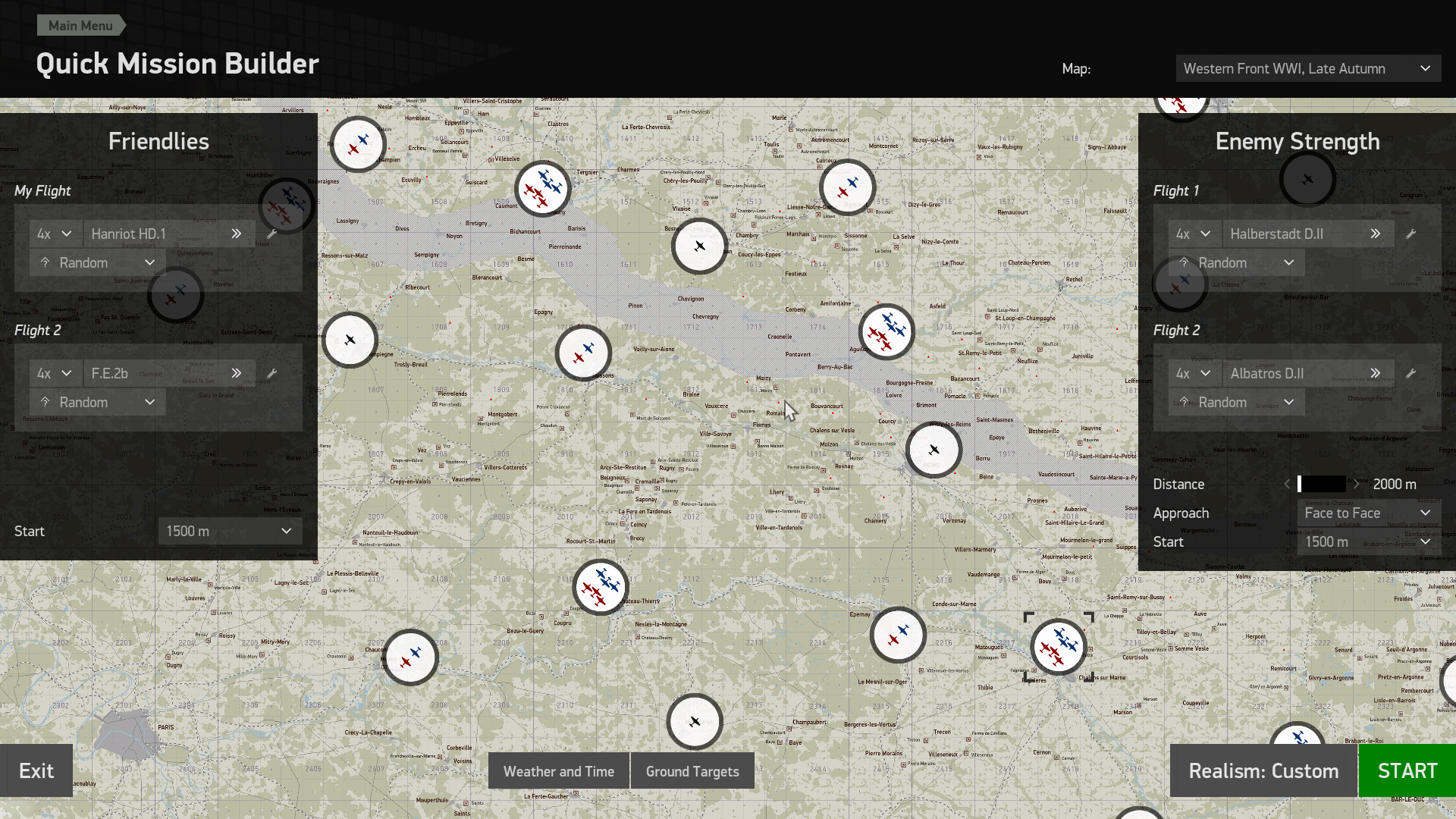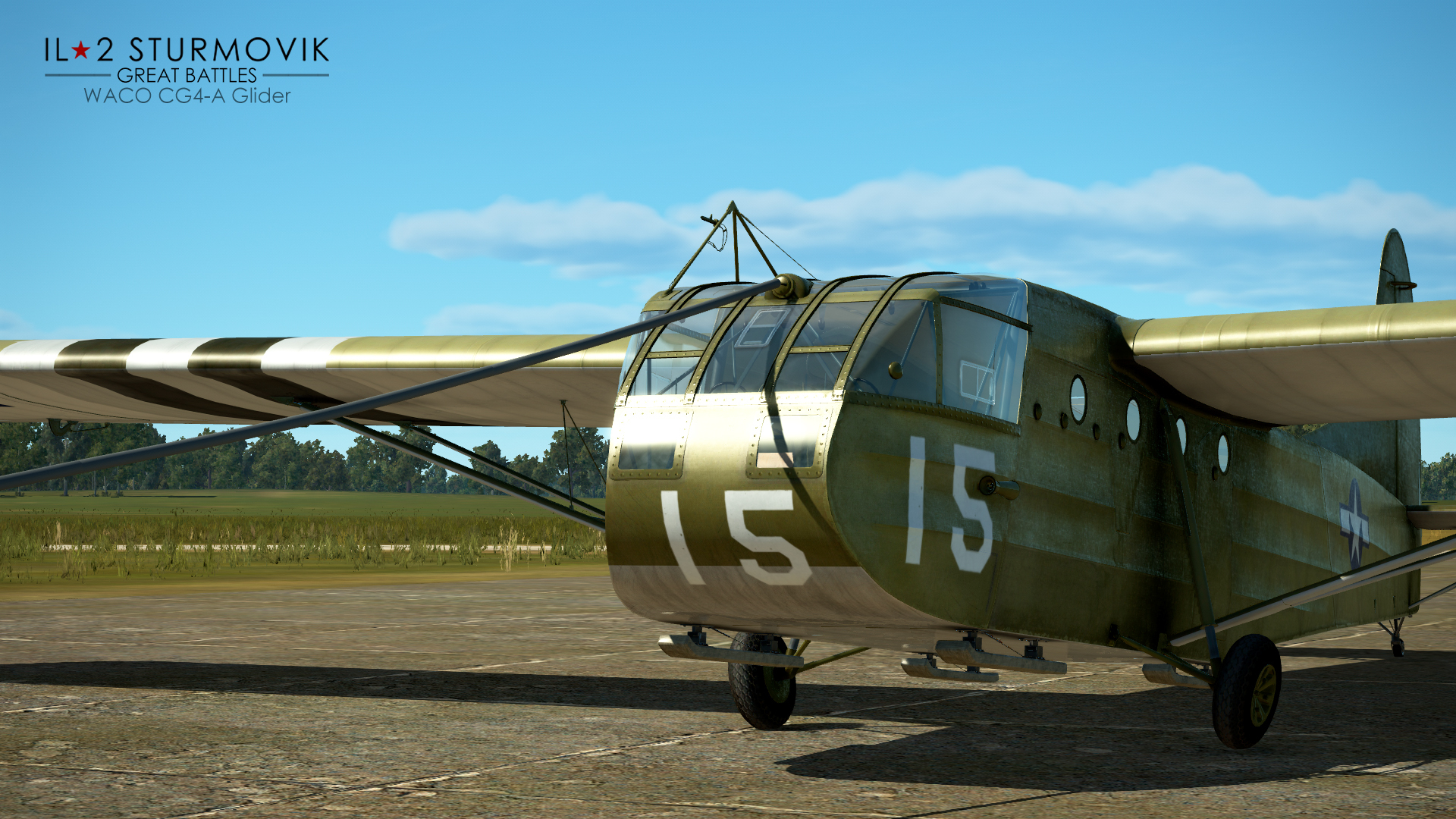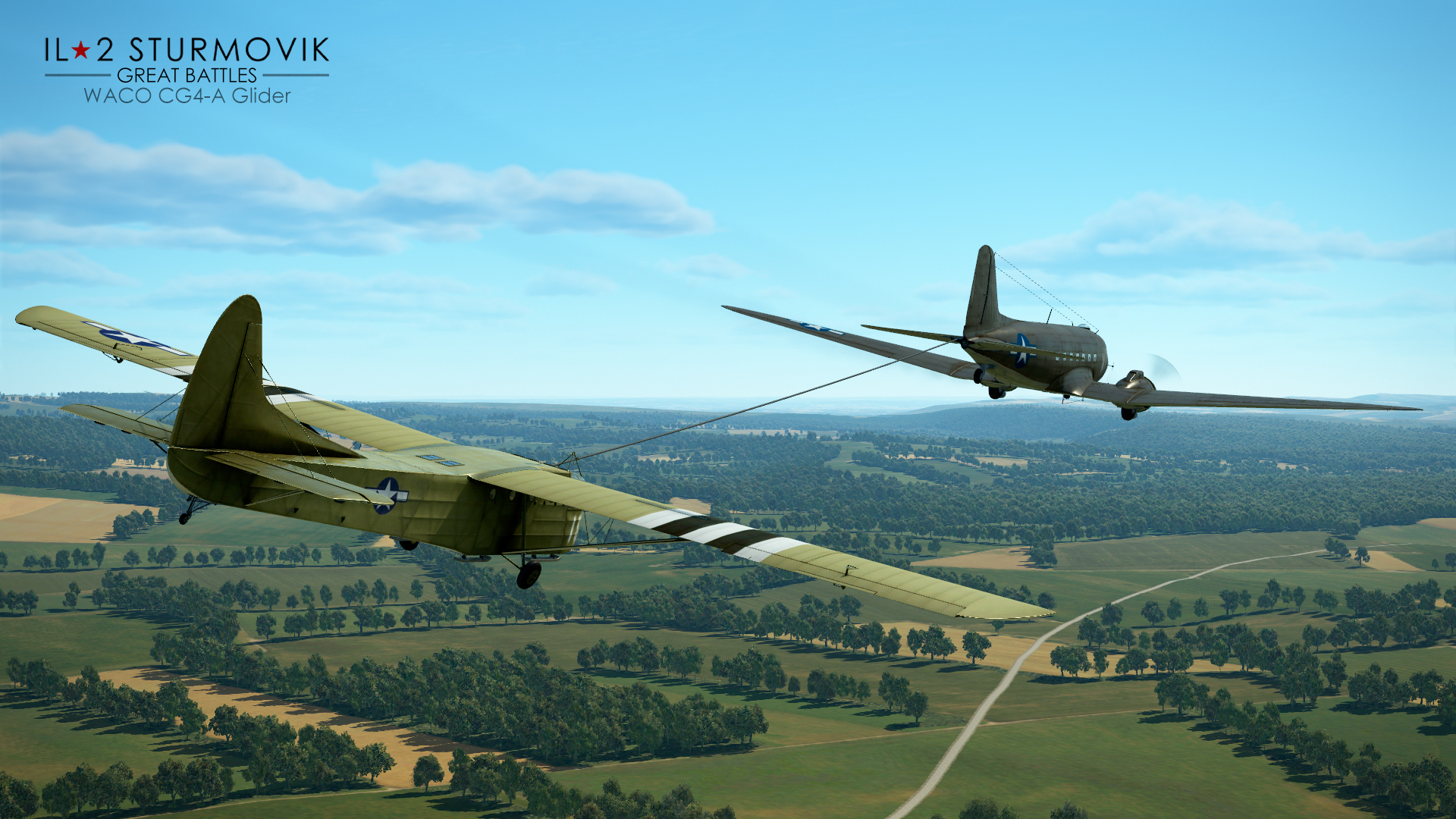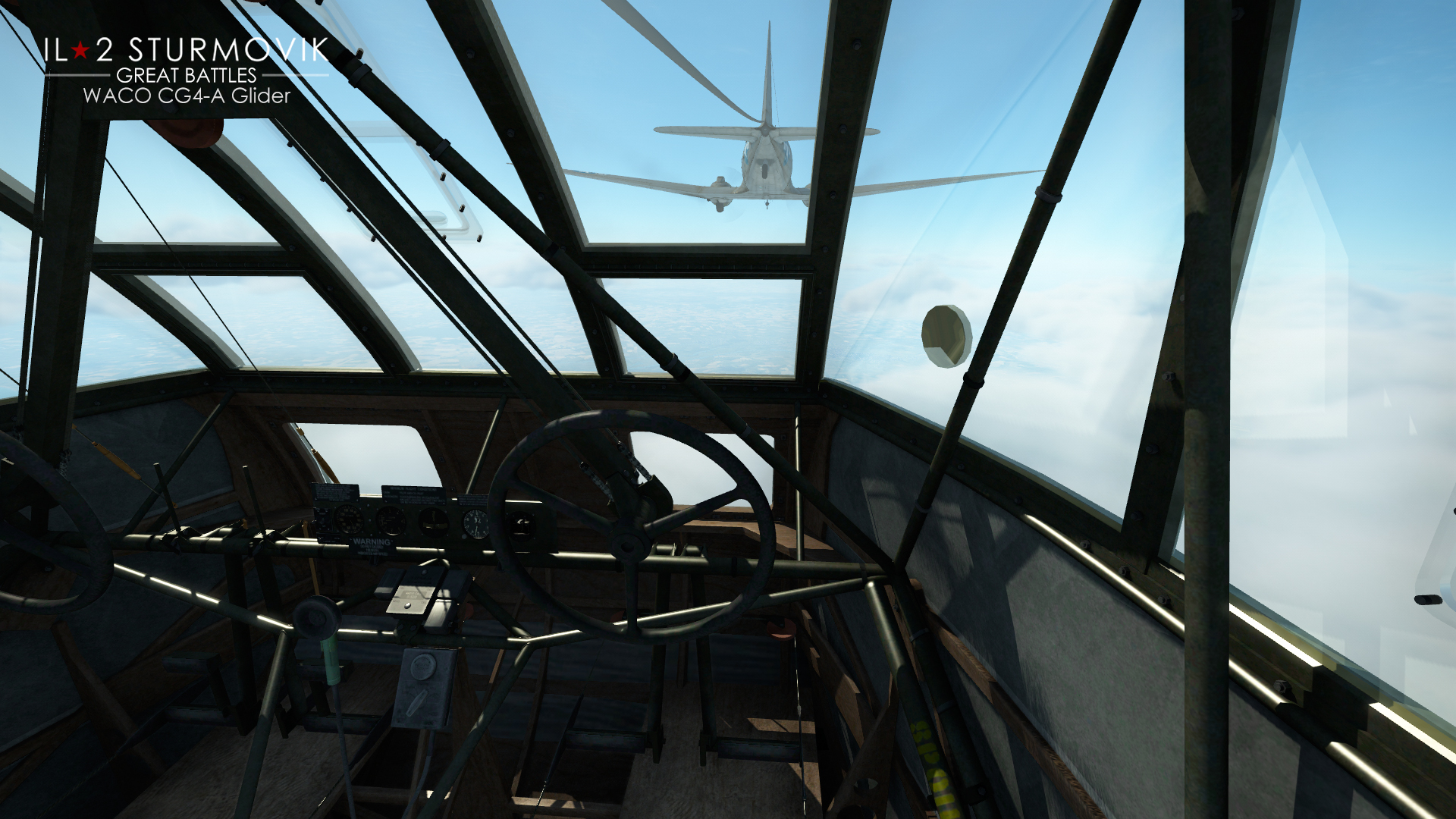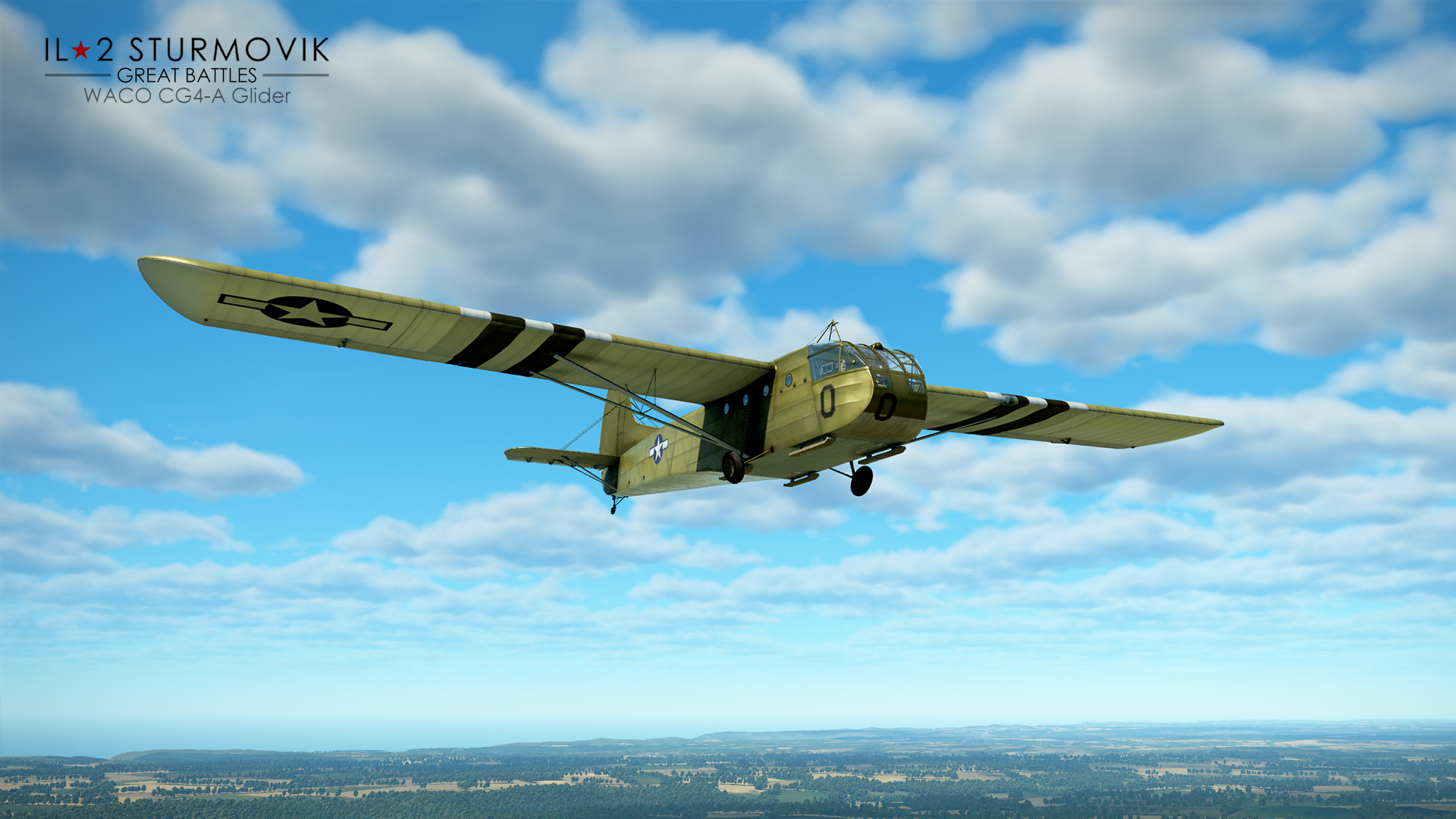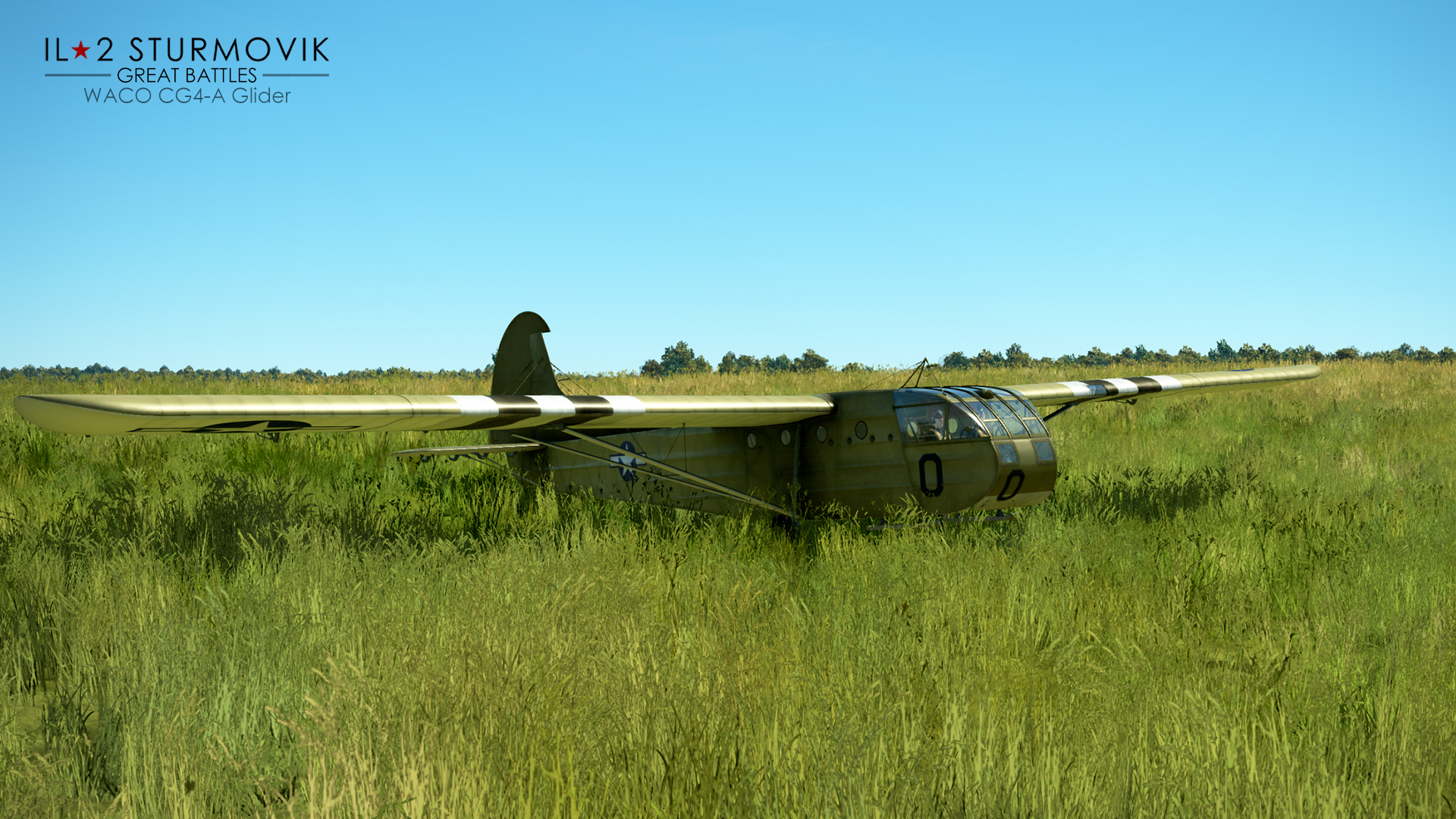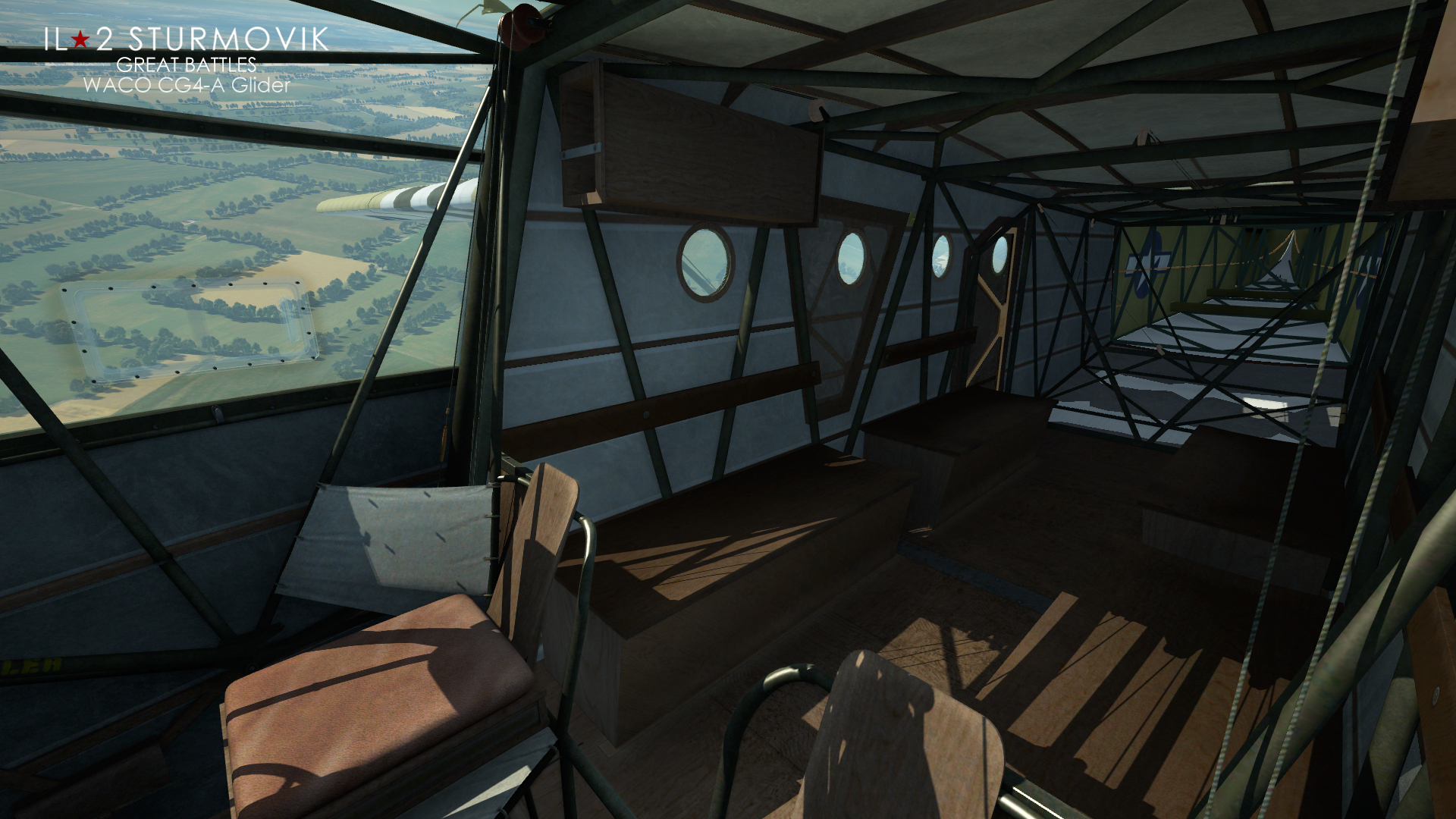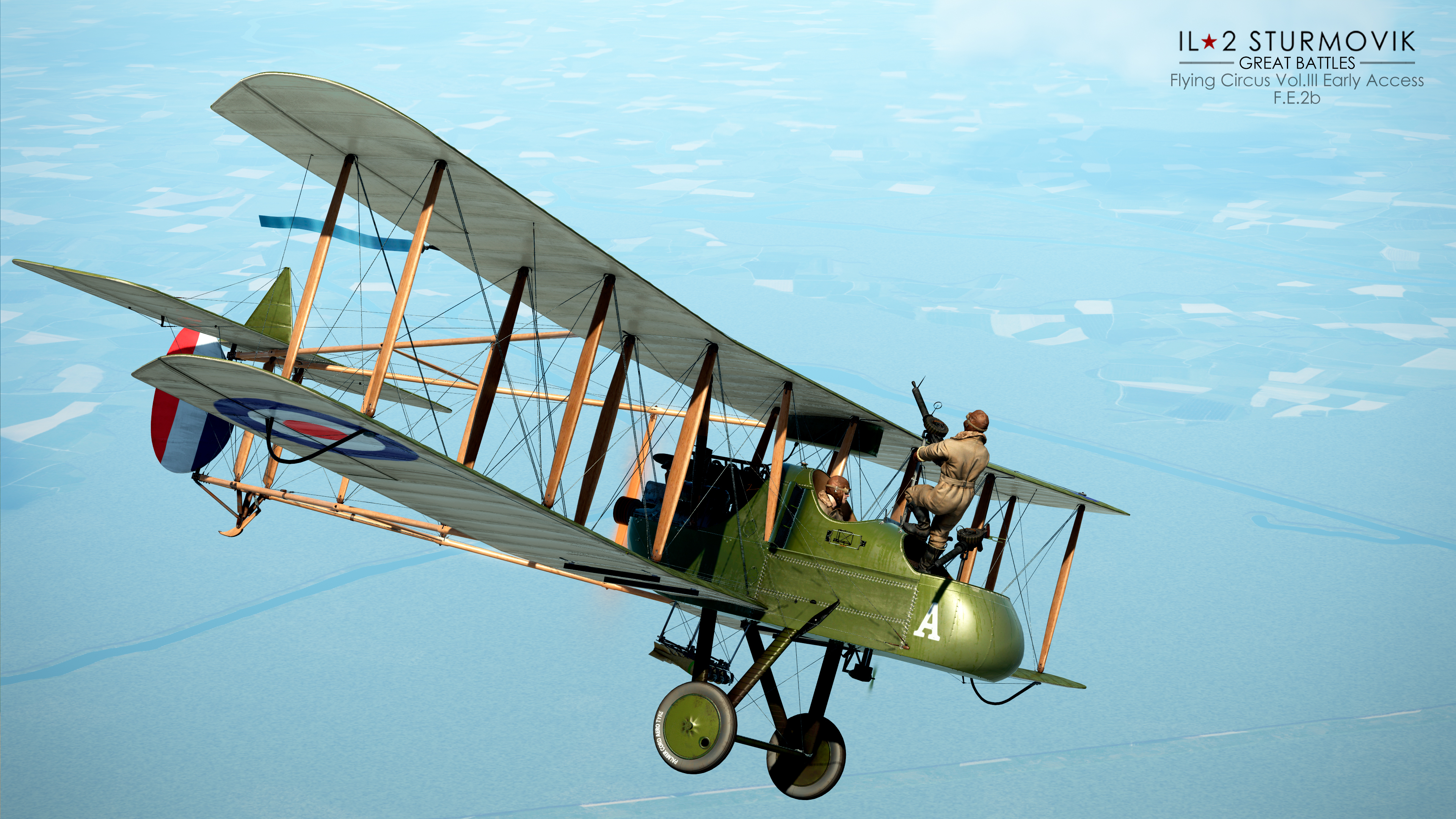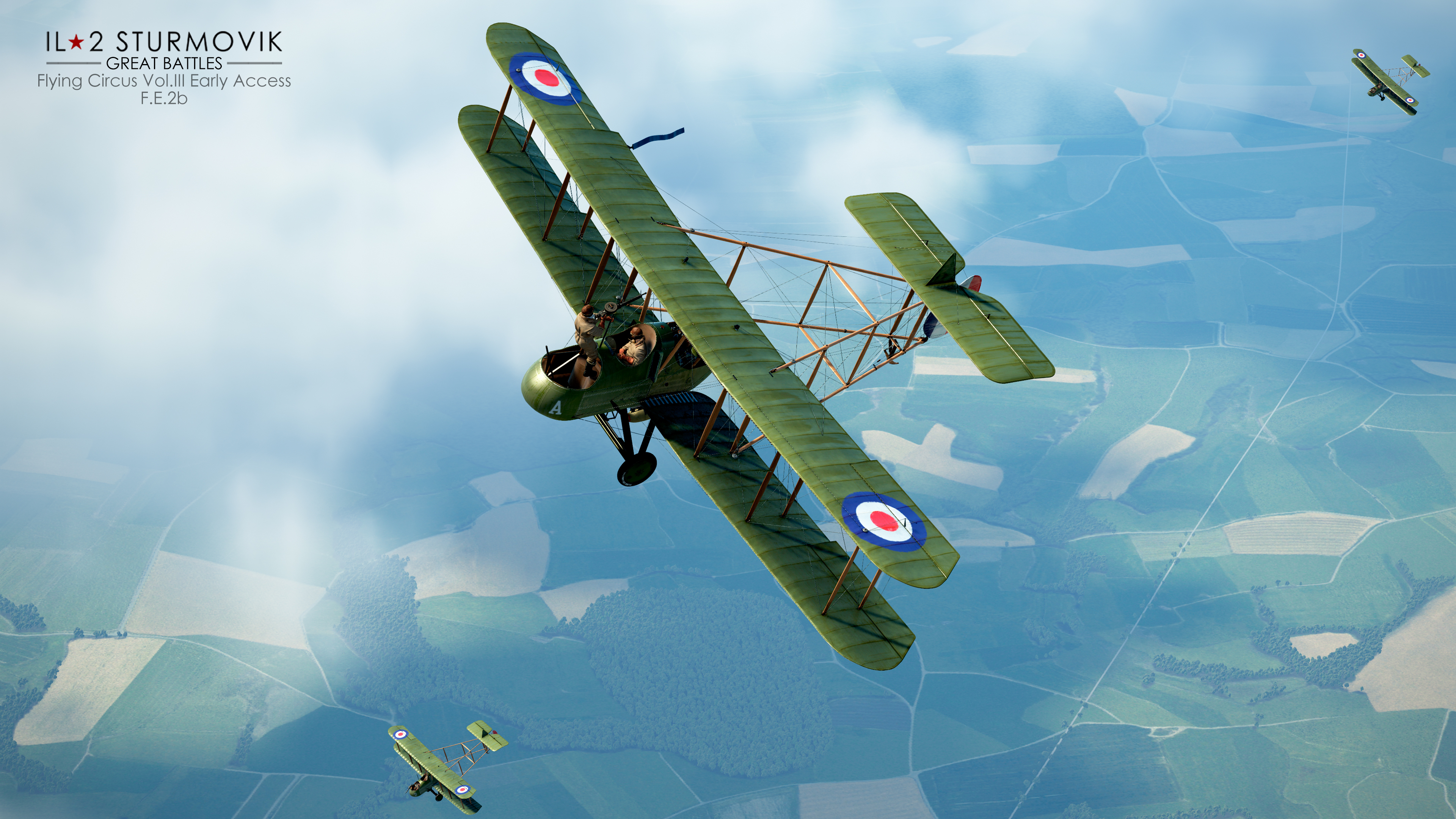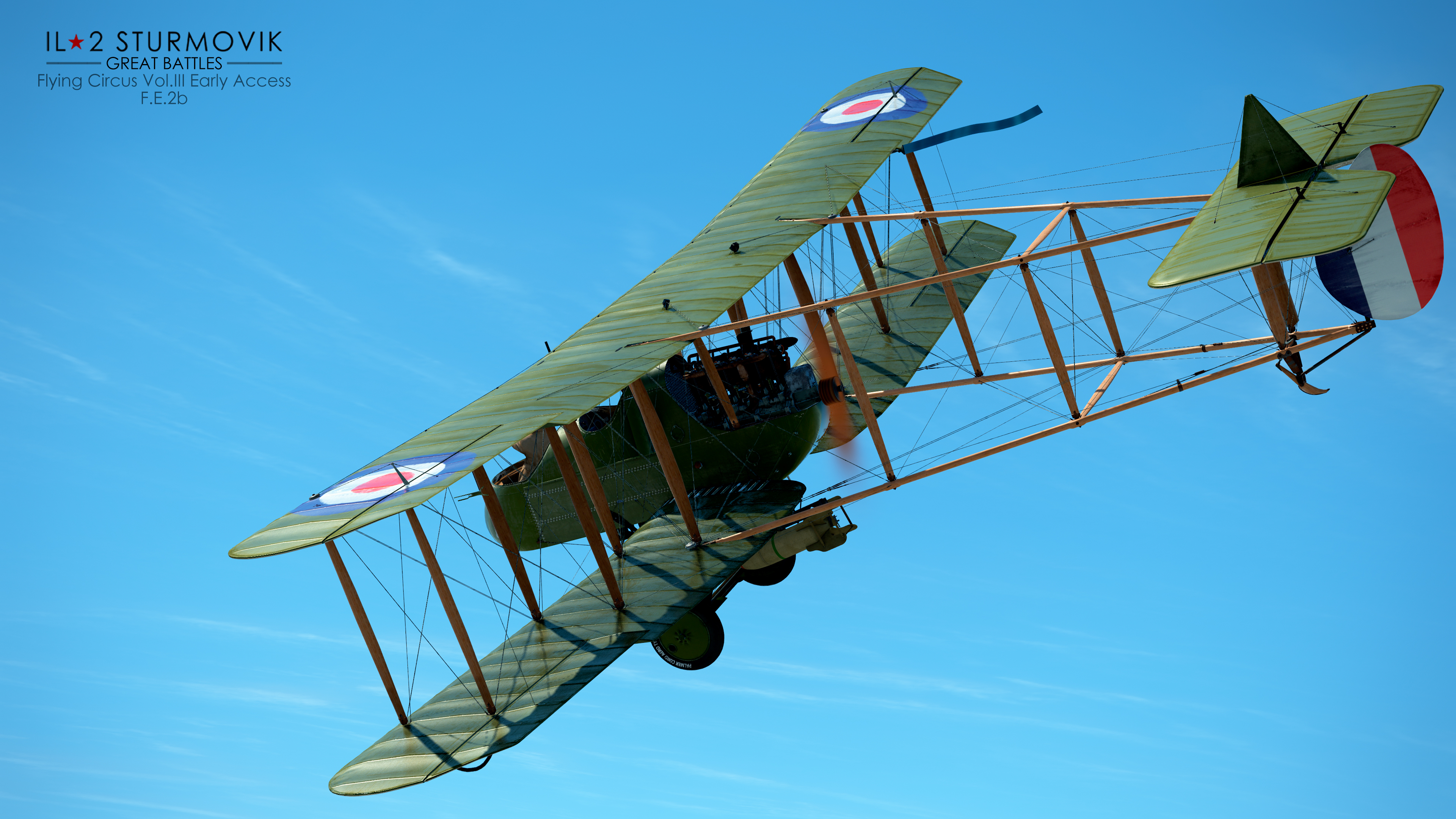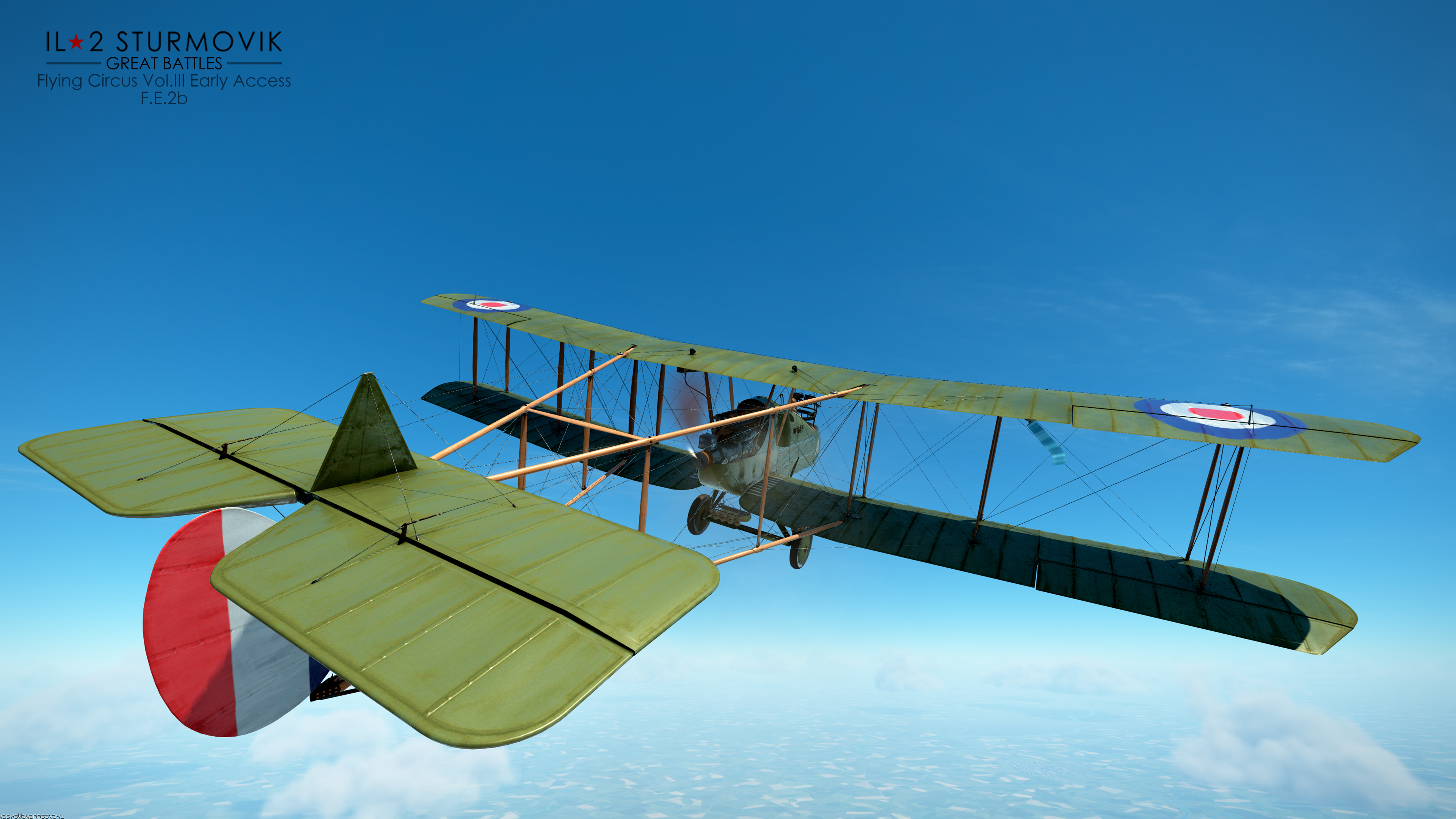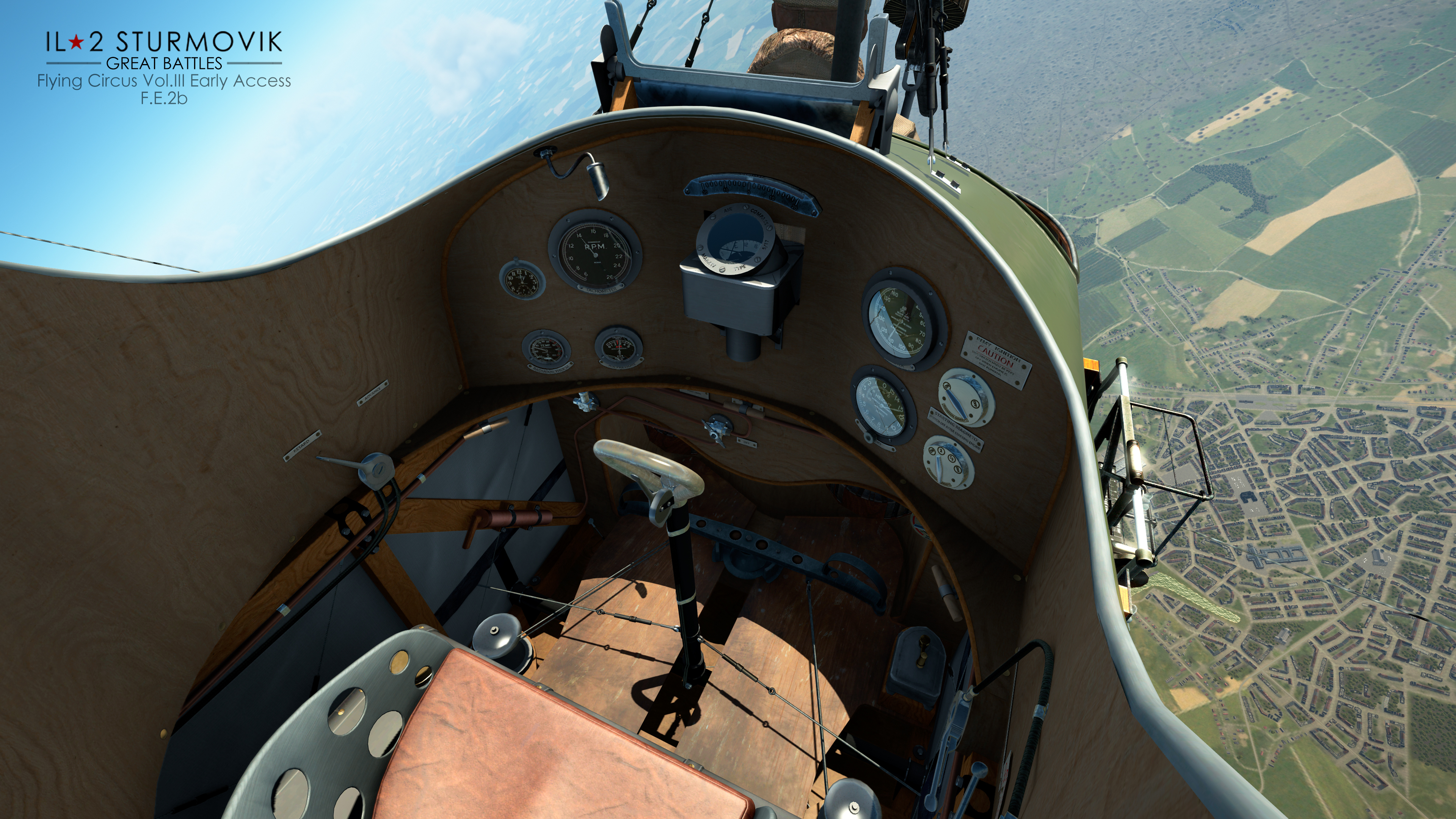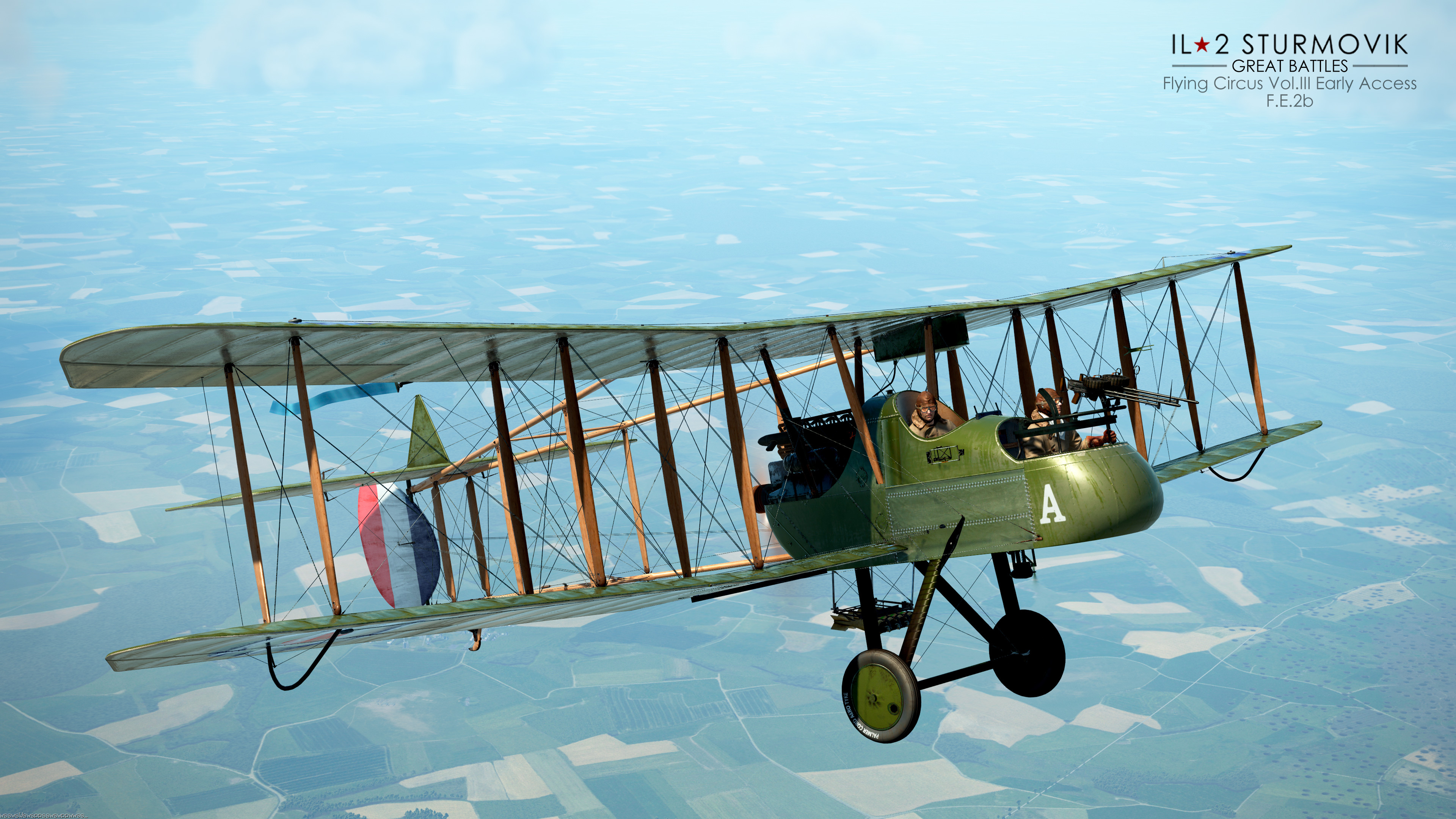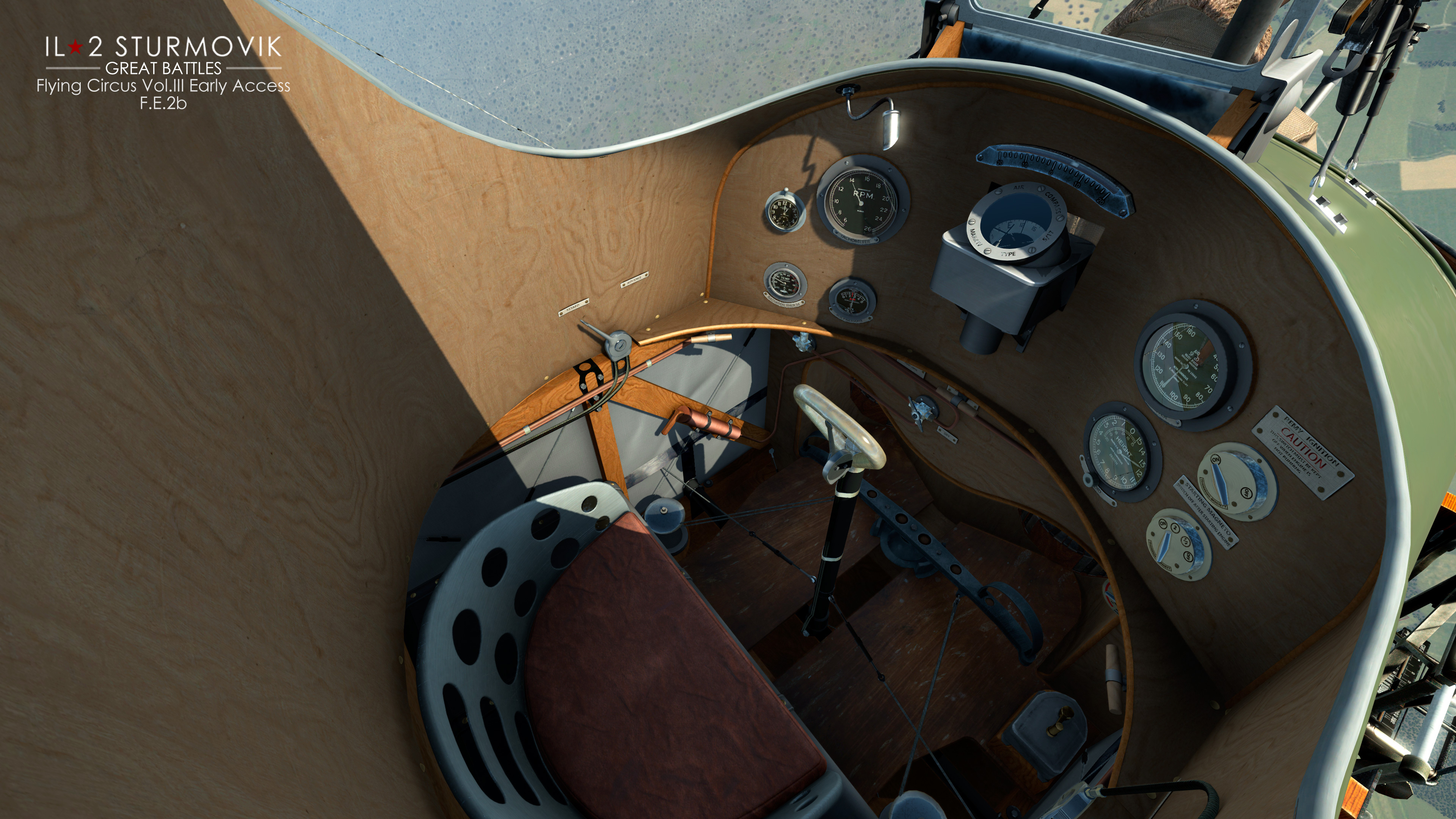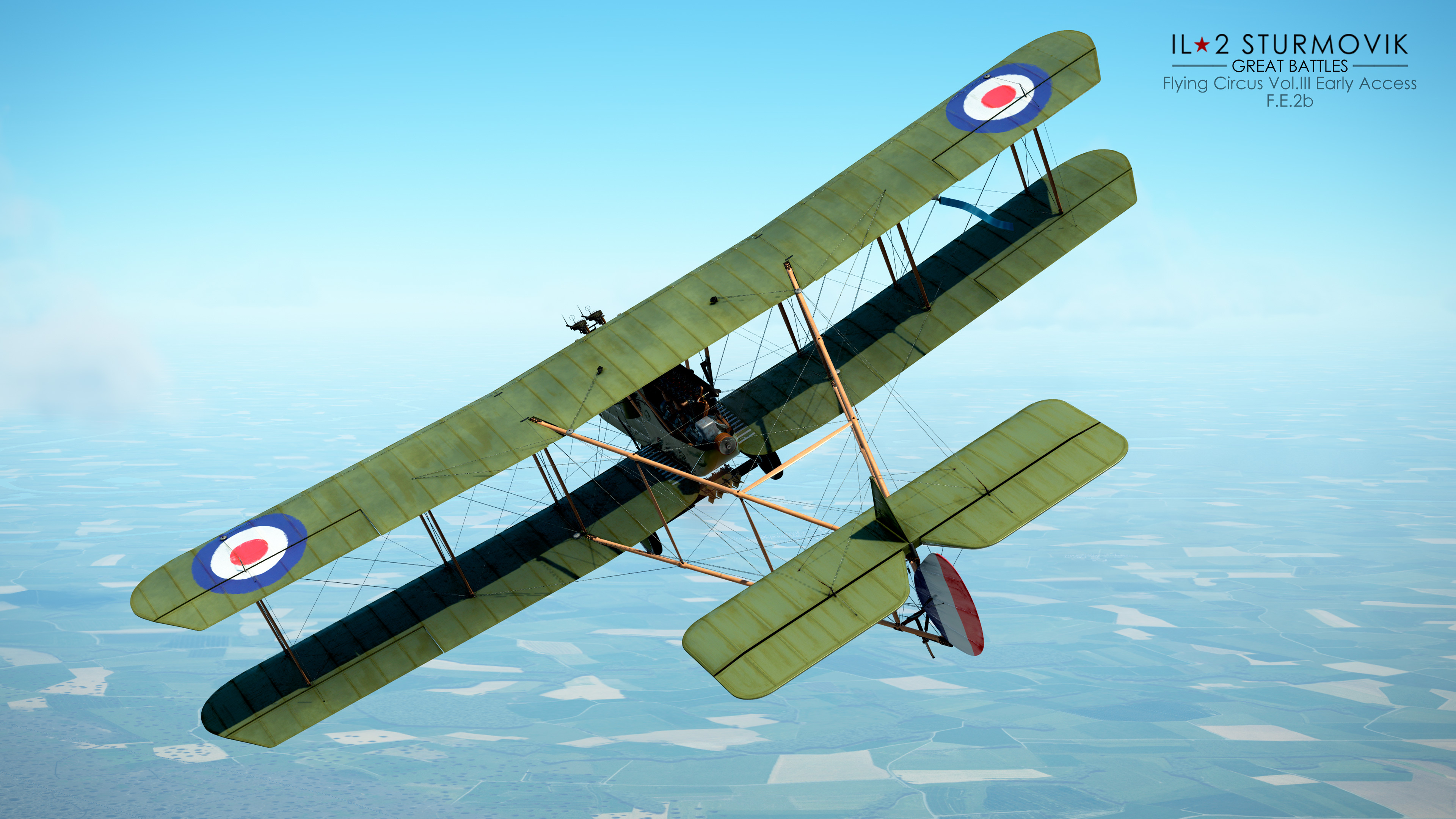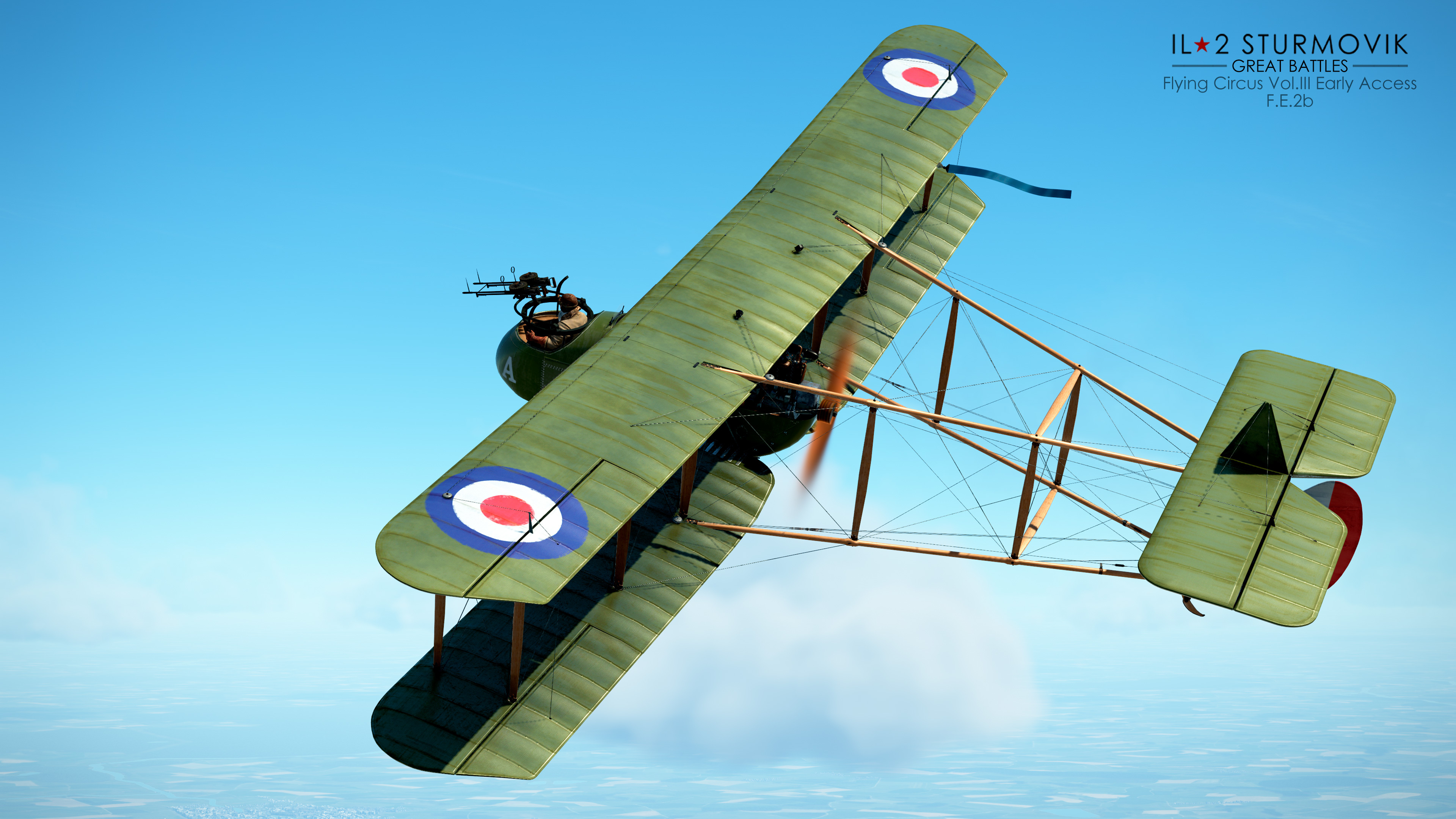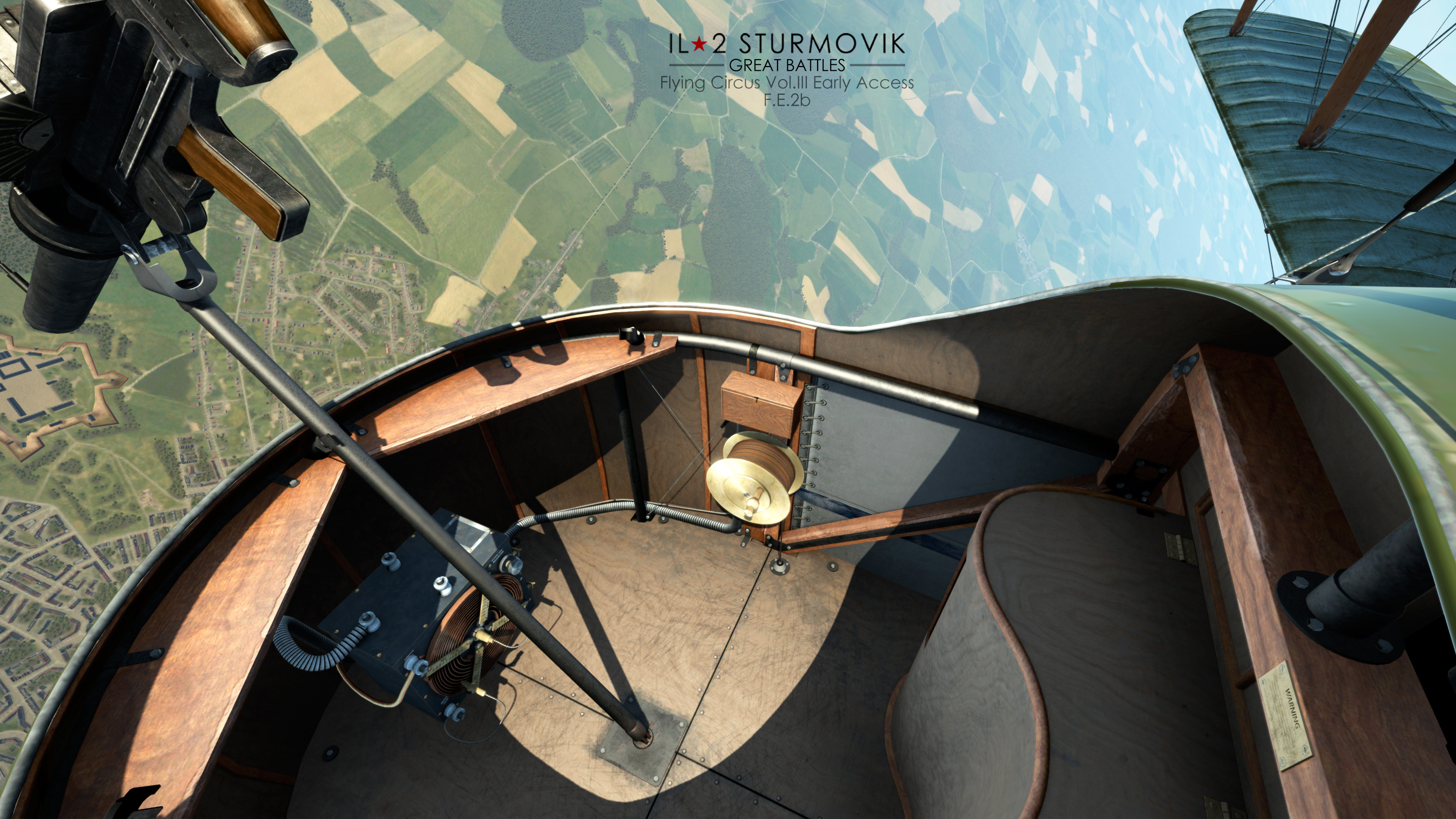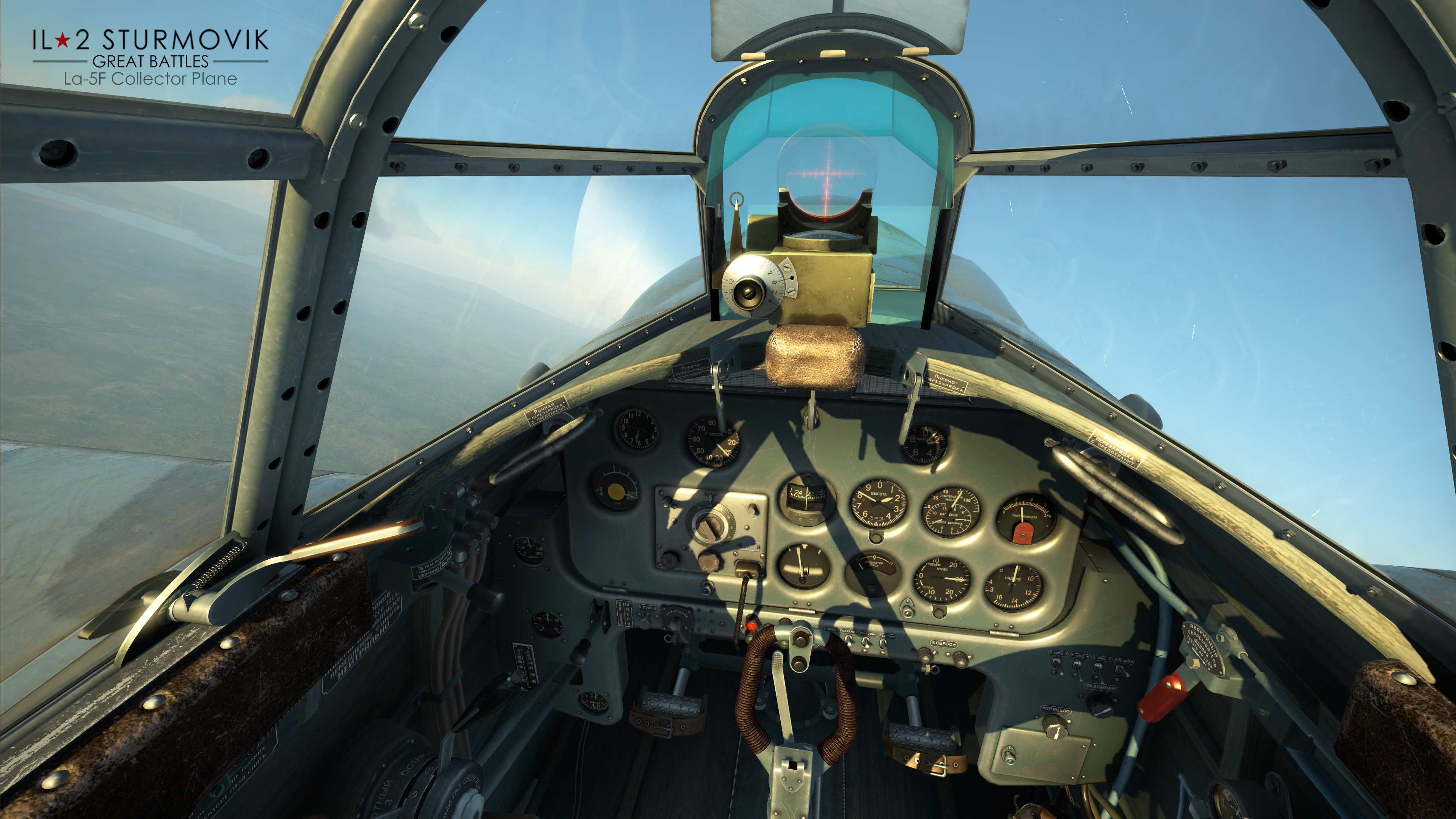
Feb 20, 2024
IL-2 Sturmovik: Battle of Stalingrad - -DED-Rapidus
Dear friends,
Update 5.202 is live. It brings a lot of new content and improvements in different parts of the sim.
The Battle of Normandy has been expanded to include 9 aircraft instead of the standard 8: Spitfire Mk.IXc, which we released today. As it was a mainstay of the RAF in early 1944, it is a great addition to the career mode during the Normandy period. This addition is retroactive, so all existing owners of Battle of Normandy will get this new bird for free.
The second and last 'long' version of the IAR fighter, I.A.R. 80-B, is also included in this update, which means that IAR-80/81 is officially released. Owners will get two aircraft in the same purchase, the 'short' 80-A and the 'long' 80-B, each with its own set of historical modifications, including fighter/bomber ones, and paint schemes.
In this update we also show some love to our older planes - our engineering team has thoroughly checked and improved the FM of several planes thanks to new historical data found by enthusiasts. P-47 critical AoA and maximum wing lift have been increased and made less stable (please be more careful with the flight stick until you get used to it). All Fw 190-A roll rates have been increased. The P-40 received the 1942 engine modification that allowed it to run on emergency power for a longer period thanks to reinforced ball bearings. WW1 aircraft shaking from damage is reduced and visible damage is tuned to better match actual damage. We were also able to add manual fuel gauges to more aircraft: all Il-2s, all Fw 190-A series, all He 111s, Ju 87, and I-16.
These FM improvements are even more enjoyable because the control mapping process has been streamlined: not only can you search for an assigned command by pressing a button on your control device or entering the command name, but many new on/off commands have been added to assign them to HOTAS switches - parking brakes, engine superchargers, cockpit open/close, bomb bay doors, air brakes, Ju 87 siren, individual engine propeller feathering, etc.
There are also many improvements to mission generation. Flying Circus pilots get their own Advanced Quick Mission Generator on the Western Front WWI map, which was previously only available on WWII maps. There are several improvements to the career mode: the flight altitude over the Western Front during WWII is higher than on the Eastern Front, 12-13,000 feet, and there is a new mission type, Airfield Defense (see other changes below). AI pilots should now generally do a better job of attacking head-on. The historical campaign Lightning Strikes has been heavily reworked and improved, and there are fixes for the Ten Days of Autumn and Steel Birds campaigns.
New experimental mission editor features mentioned in our last DD are also in - to enable them, you can add the line full_editor = 1 to the [SYSTEM] part of the data\startup.cfg file. Changes you make to water and forest maps in the editor will be visible in the game in Mods On mode. The landscape change menu will also be accessible, but it's intended for enthusiast teams working on the new maps (a map with a changed landscape will not load in the game in Mods On mode and will cause an error during loading).
All in all, we have done our best to include something nice for everyone in this update, and we hope you enjoy it!
See you in the skies!
5.202 Changelist
Update 5.202 is live. It brings a lot of new content and improvements in different parts of the sim.
The Battle of Normandy has been expanded to include 9 aircraft instead of the standard 8: Spitfire Mk.IXc, which we released today. As it was a mainstay of the RAF in early 1944, it is a great addition to the career mode during the Normandy period. This addition is retroactive, so all existing owners of Battle of Normandy will get this new bird for free.
The second and last 'long' version of the IAR fighter, I.A.R. 80-B, is also included in this update, which means that IAR-80/81 is officially released. Owners will get two aircraft in the same purchase, the 'short' 80-A and the 'long' 80-B, each with its own set of historical modifications, including fighter/bomber ones, and paint schemes.
In this update we also show some love to our older planes - our engineering team has thoroughly checked and improved the FM of several planes thanks to new historical data found by enthusiasts. P-47 critical AoA and maximum wing lift have been increased and made less stable (please be more careful with the flight stick until you get used to it). All Fw 190-A roll rates have been increased. The P-40 received the 1942 engine modification that allowed it to run on emergency power for a longer period thanks to reinforced ball bearings. WW1 aircraft shaking from damage is reduced and visible damage is tuned to better match actual damage. We were also able to add manual fuel gauges to more aircraft: all Il-2s, all Fw 190-A series, all He 111s, Ju 87, and I-16.
These FM improvements are even more enjoyable because the control mapping process has been streamlined: not only can you search for an assigned command by pressing a button on your control device or entering the command name, but many new on/off commands have been added to assign them to HOTAS switches - parking brakes, engine superchargers, cockpit open/close, bomb bay doors, air brakes, Ju 87 siren, individual engine propeller feathering, etc.
There are also many improvements to mission generation. Flying Circus pilots get their own Advanced Quick Mission Generator on the Western Front WWI map, which was previously only available on WWII maps. There are several improvements to the career mode: the flight altitude over the Western Front during WWII is higher than on the Eastern Front, 12-13,000 feet, and there is a new mission type, Airfield Defense (see other changes below). AI pilots should now generally do a better job of attacking head-on. The historical campaign Lightning Strikes has been heavily reworked and improved, and there are fixes for the Ten Days of Autumn and Steel Birds campaigns.
New experimental mission editor features mentioned in our last DD are also in - to enable them, you can add the line full_editor = 1 to the [SYSTEM] part of the data\startup.cfg file. Changes you make to water and forest maps in the editor will be visible in the game in Mods On mode. The landscape change menu will also be accessible, but it's intended for enthusiast teams working on the new maps (a map with a changed landscape will not load in the game in Mods On mode and will cause an error during loading).
All in all, we have done our best to include something nice for everyone in this update, and we hope you enjoy it!
See you in the skies!
5.202 Changelist
- The Romanian I.A.R.80/81 fighter is available in both variants (short and long) for all owners of the corresponding Collector Planes kit;
- British Spitfire Mk.IXc fighter is available for all owners of Battle of Normandy;
- Advanced Quick Mission mode has been added to the Western Front WWI map for owners of any Flying Circus module;
- A search by command name and assigned key/axis has been added to the control mapping settings;
- For easy assignment of HOTAS toggle switches, several cyclic commands are duplicated as separate on/off commands: bomb fuses, bomb bay doors, air brakes, Ju 87 siren, engine superchargers, canopy open/close, all propeller feathering, specific engine propeller feathering, tail wheel lock, and parking brakes;
- P-47: updated FM, reduced stability margin to better match historical data, increased maximum wing lift and critical angle of attack;
- P-40: added "Engine V-17190-39 (1942)" modification to reflect improvements in engine design that increased the allowable operating time at emergency modes;
- Fw-190 A-series: roll rate brought to historical values (increased);
- Fuel gauge switch control is implemented on all IL-2s, I-16, all Fw 190-A series, all He 111s and Ju-87;
- Career: the altitude of intercepting and escorting bombers in Rheinland and Normandy careers has been increased to 4000-4500 meters;
- Corrected the visual display of damage and reduced shaking when WWI airplanes are damaged;
- IAR 80/81: its unique bomb control system has been improved to better match the historical prototype - in the bomb drop mode the bombs are released by the main trigger (command "fire all guns");
- Career: updated Airfield Defense mission;
- Career: Spitfire Mk.XIV fighters in Rheinland career are equipped with E-wing (two 12.7mm instead of four 7.7mm machine guns);
- Fixed a problem with AI pilots pulling away from a frontal attack too early;
- Improved routine for detecting an enemy attacking a group of AI planes from blind spots;
- Fixed a problem with AI gunners aiming in tanks with coaxial machine guns;
- Experimental features for editing water and forest maps have been added to the editor: to enable them you can add the line full_editor = 1 to the [SYSTEM] part of the data\startup.cfg file. Water and forest map changes you make in the editor will be visible in the game in Mods On mode. The landscape change menu will be also accessible, but it is intended for enthusiast teams who are working on the new maps (an existing map with an altered landscape won't load in the game in Mods On mode and will result in an error during loading).
- Career: in the transport escort missions for the Eastern Front career, the front line has been restored;
- Career: fighter-bombers have been added as targets in the Attack Intercept and Attack Escort missions;
- Career: Fixed rocket launches in the air without gaining the right altitude in Assault Escort missions;
- Career: fixed very long attack of a target by attacking aircraft on the runway for Attack Escort missions with start on the runway;
- Career: for Transport Escort missions for Eastern Front careers, fixed smoke hanging in the air that should be on the ground;
- Career: redesigned the template for escorting transports that bring cargo to the airfield instead of dropping it on parachute containers, fixed a bug with escorted transports not being able to land;
- Career: Fixed early scoring of mission success when the plane has not even reached its airfield yet;
- Career: Fixed takeoff at Malye Chapurniki airfield on Stalingrad map;
- Career: Added a new engine for AI P-40 fighters in Stalingrad and Kuban careers;
- Western Front" map: fixed takeoff at Braizieux airfield;
- Updated "Lightning Strikes" campaign;
- Added sound for all La and LaGG on the release of the bomb drop button;
- On La-5F and La-5FN, changed the limitation of camera downward movement when the canopy is open;
- IAR 80/81: Bomb racks removed from fighter modifications;
- Fw-190 (all): corrected animation of cockpit canopy opening handle;
- Ju 88 C-6: fixed a bug displaying one of the bombs in the bomb bay;
- Several popular multiplayer servers have their icons in the server list (please contact our Community
- Manager if you want to assign one to your server);
- Small fixes have been made to the "10 Days of Autumn" and "Steel Birds" campaigns;
- Improved air behavior of parachute containers and Ar 234 rocket boosters;
- Fixed a problem with artillery gun crews when repairing them by MCU Command: Damage.





